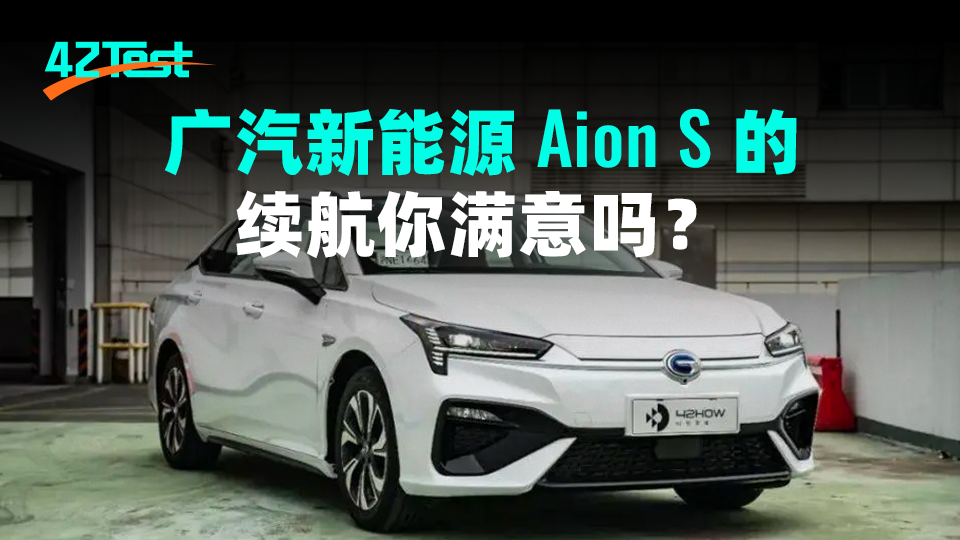In early October, we conducted a four-day experience and test drive of the Guangqi New Energy Aion S. The vehicle we tested was the mid-range model equipped with a Meil EVO 530 configuration, which has a NEDC range of 410 km and is priced at 159,800 yuan.
Unfortunately, we did not have the opportunity to test drive the NEDC 510 km version or the model with advanced driving assistance. However, aside from its range and lack of driving assistance, there are many aspects of the Aion S worth discussing.
Our overall impression after four days of driving is that the Aion S has solid product performance and is a comfortable electric sedan, although its steering feel and high-speed range are somewhat lacking. If you are considering purchasing a pure electric sedan for between 150,000 and 200,000 yuan, the Aion S is a vehicle worth considering.
Before delving into the main content, let’s briefly review the vehicle’s dimensions and three-electric parameters:
- Length, width and height: 4768*1880*1530 mm
- Wheelbase: 2750 mm
- Coefficient of aerodynamic drag: 0.245 Cd
- Curb weight: 1610 kg
- NEDC range: 410 km
- Battery capacity: 49.4 kWh
- Maximum output power: 135 kW
- Maximum output torque: 300 N·m
Range Performance: Some Surprises and Disappointments
- Range Performance
Range performance is a controversial aspect of the Aion S. Whether examining battery capacity or examining the results of friend-media tests, the vehicle’s range has been called into question. Let’s start with range performance.
Our tests showed that the Aion S could travel 267 km at high speeds, with a displayed power loss of 379 km and a power loss ratio of 1:1.423. Power consumption was 17.1 kWh/100 km, and the actual high-speed range performance was 288 km.
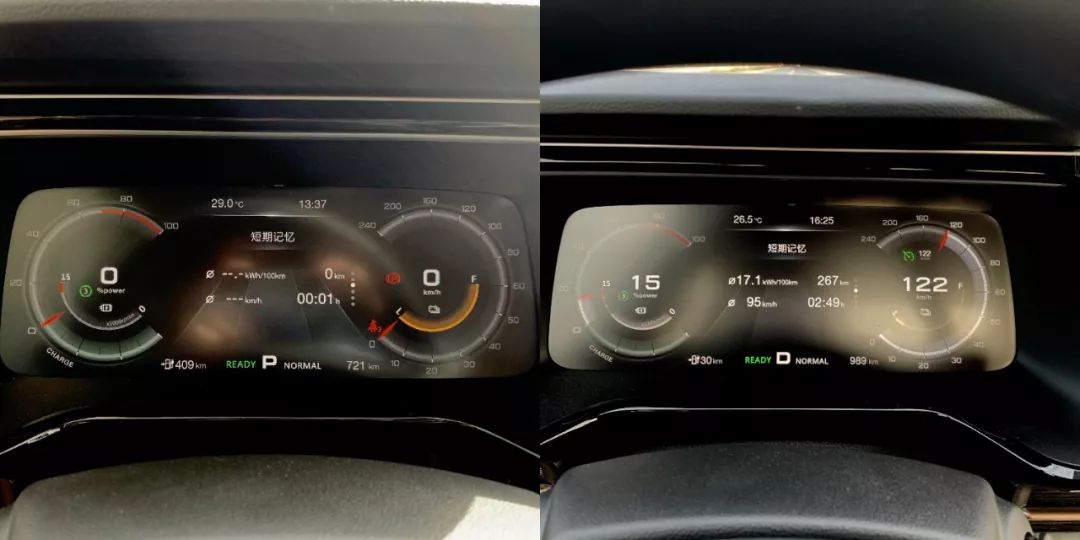
In urban driving, the Aion S traveled 267 km, with a displayed power loss of 287 km and a power loss ratio of 1:1.075. Power consumption was 13 kWh/100 km, and the actual urban range performance was 381 km.
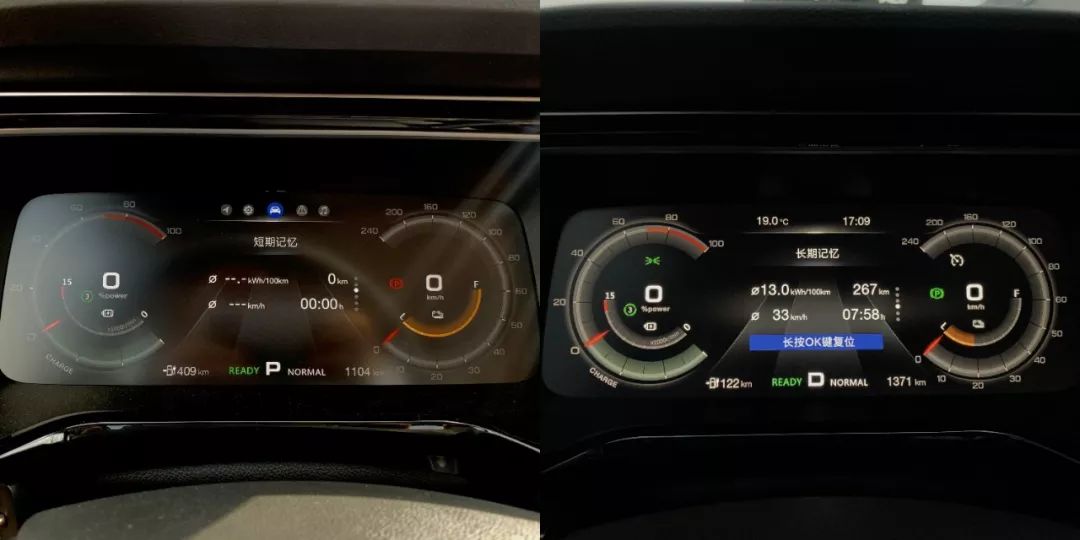
- Testing Process and EnvironmentThe high-speed endurance test started from Yangcheng Lake Service Area to Nanjing with 100% battery, the air conditioning was set at 22 degrees with 2nd gear wind. The entire journey ran at the limited speed and turned back at Danyang East Toll Station, finally returning to the vicinity of the Yangcheng Lake Service Area.
After driving a total of 267 km, the displayed power consumption was 379 km, with a remaining displayed endurance of 30 km, and an average speed of 98.8 km/h (data from the trip computer. The displayed average speed starts counting from when the car is powered on, which includes the preparation time in the early stages).

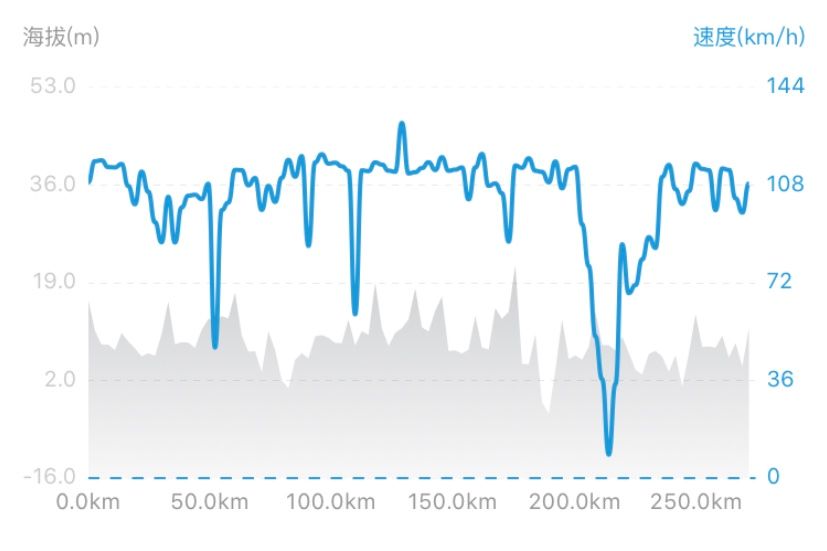
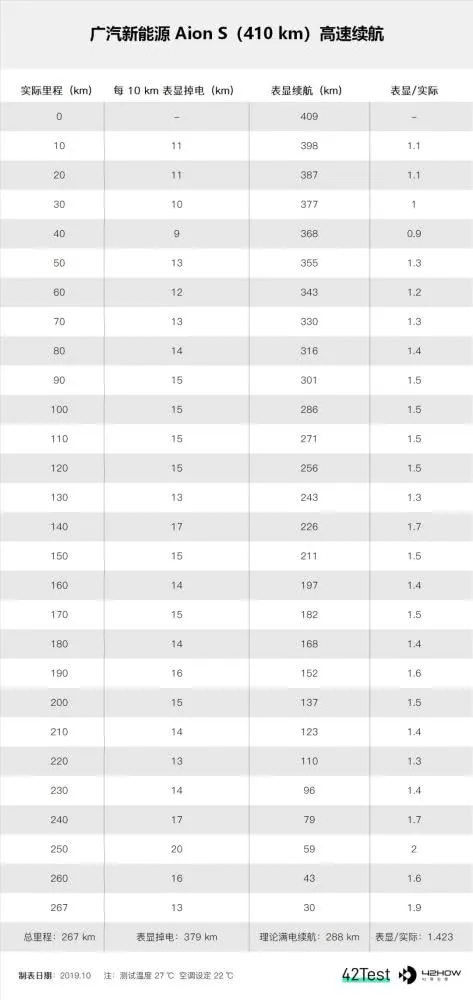
The urban endurance test started from Shanghai National Exhibition and Convention Center with 100% battery, setting the air conditioning to 22 degrees and 2nd gear wind in the early stage and turning off the air conditioning due to rainy weather in the later stage. It drove 165 km in total, including 103 km on elevated roads and 62 km on ground roads. After the test, the displayed endurance remaining was 240 km, with 169 km of power consumption.

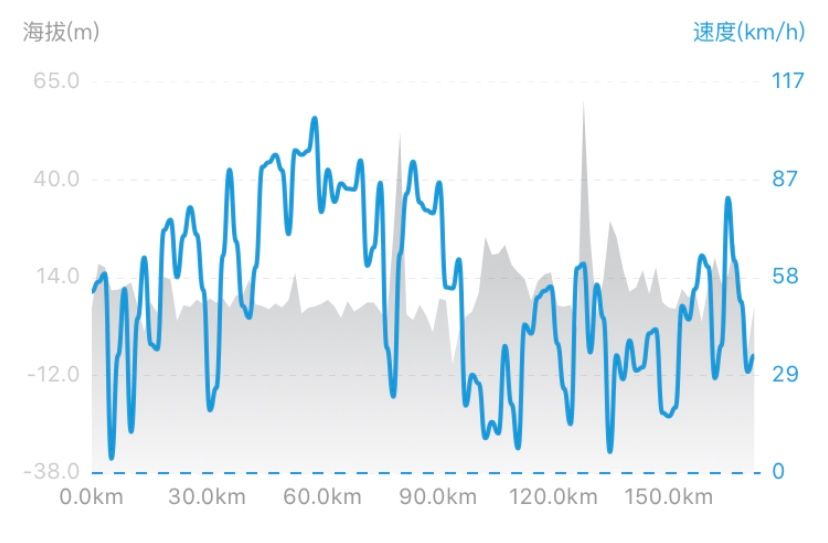
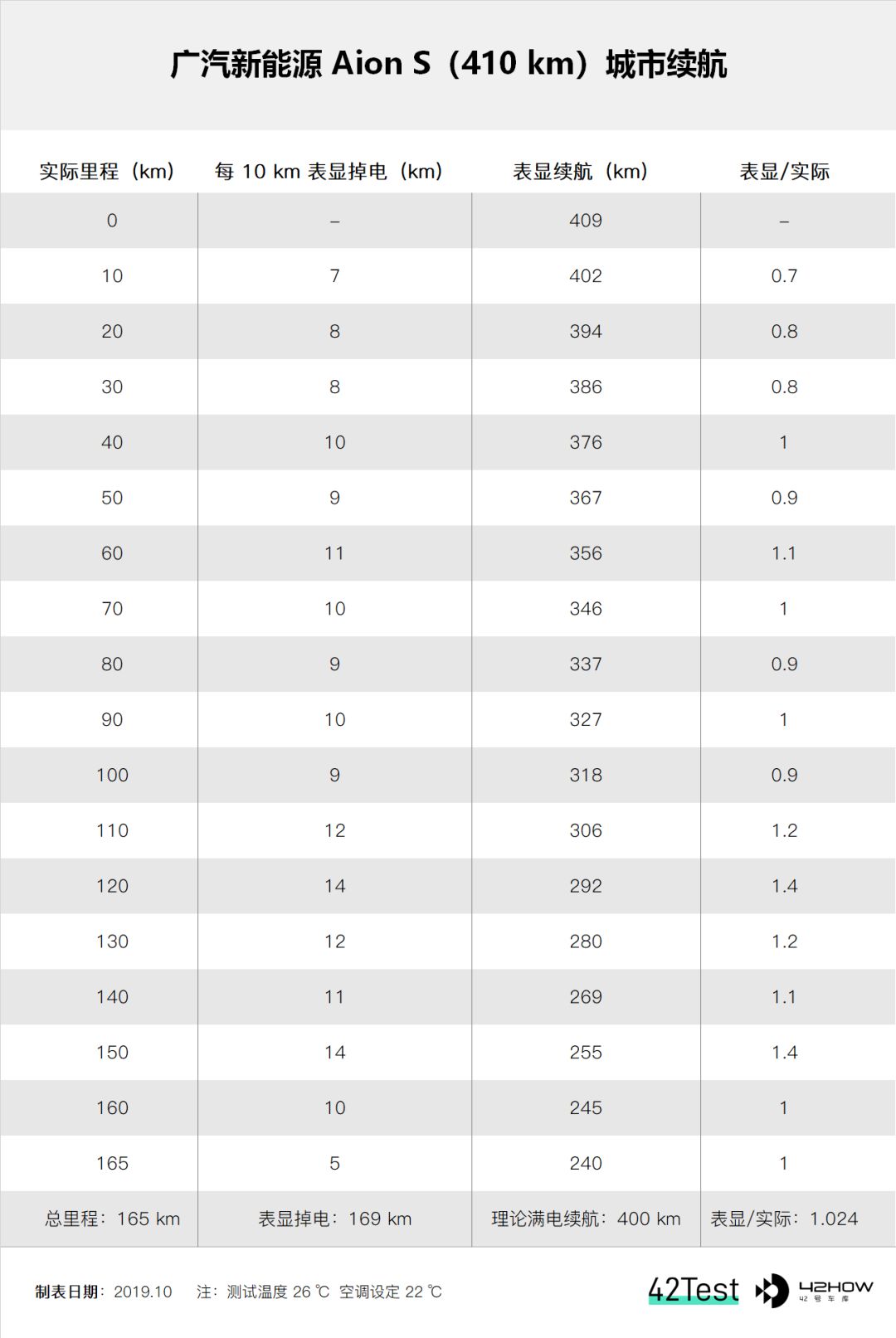
However, considering the doubts about Aion S, we conducted an additional 100 km test, and after driving a total of 267 km, the power consumption was 287 km, and the remaining power was 122 km. The average speed for the entire test was 33 km/h.
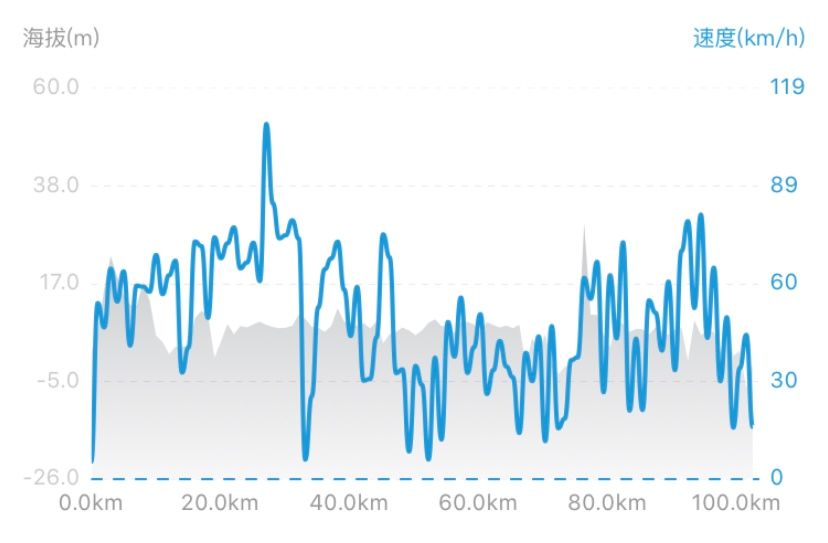
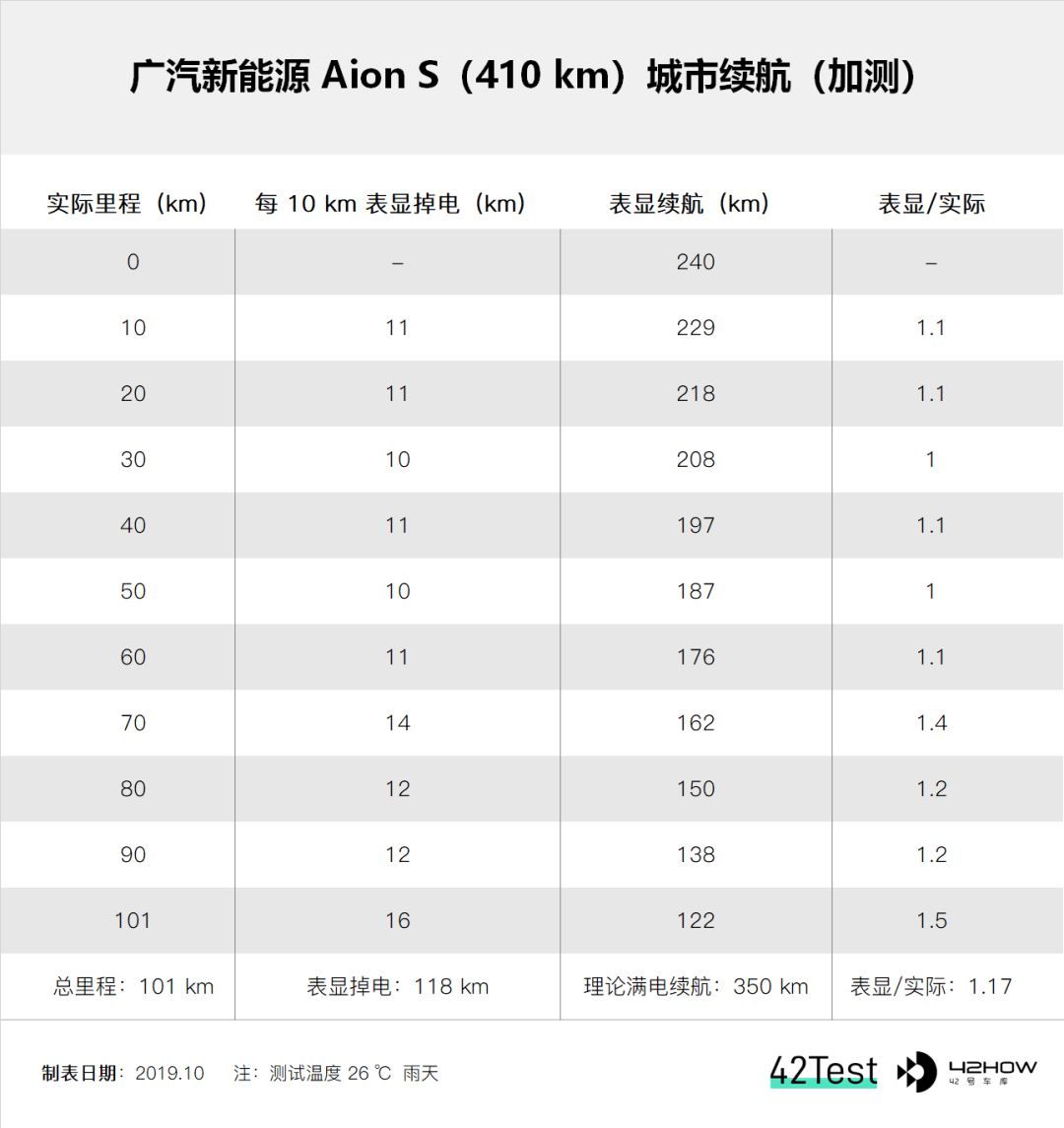
- Conclusion and Findings on Endurance
Overall, the endurance of Aion S exceeded our expectations, with a very solid endurance in urban driving. The actual test result is close to the NEDC endurance. However, the endurance in highway driving is slightly worse. Aion S has a drag coefficient of only 0.245 Cd, which is relatively low. The reason for the lower endurance in highway driving may be due to the low driving efficiency of the motor at high speeds.
Finding 1: After the endurance of Aion S is less than 30 km, the remaining endurance cannot be seen. It is recommended that car owners try to replenish energy before the remaining endurance is less than 30 km to avoid unnecessary endurance anxiety.
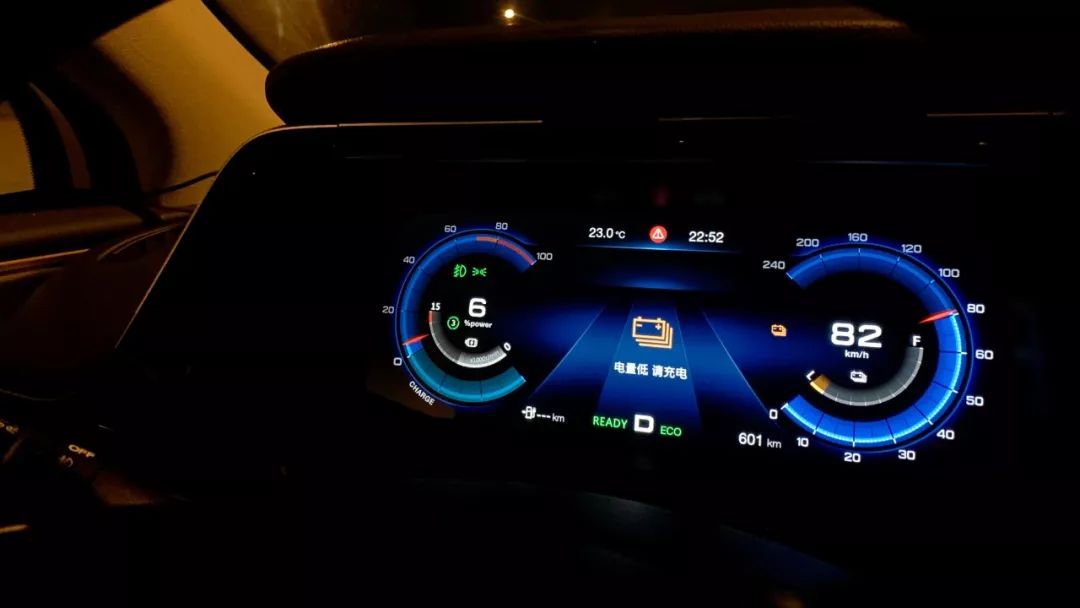
Finding 2: After the battery level of Aion S is low, the power output is severely limited. Such calibration is designed to allow car owners to drive as far as possible before the battery is depleted and reach the nearest charging pile. However, after the battery level is less than 30 km, the maximum output power of the system is only about 16%. Moreover, as the battery level decreases, the maximum output power will continue to decrease. Overtaking on highways or rings is very difficult. It is recommended that everyone leave the fast lane as soon as possible and exit the highway nearby when encountering low battery situations on highways.
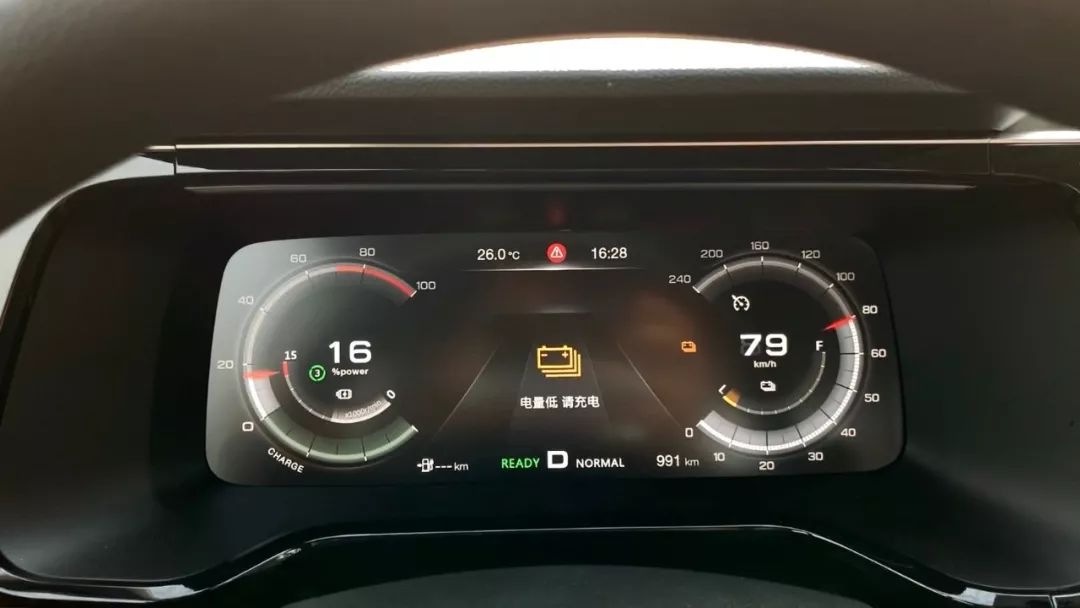
- Charging Test
The battery capacity of Aion S is 49.4 kWh, the peak charging power at the vehicle end is 59.1 kW, the peak charging current is 178 A, and the most commonly used 10% – 90% charging interval takes 61 minutes.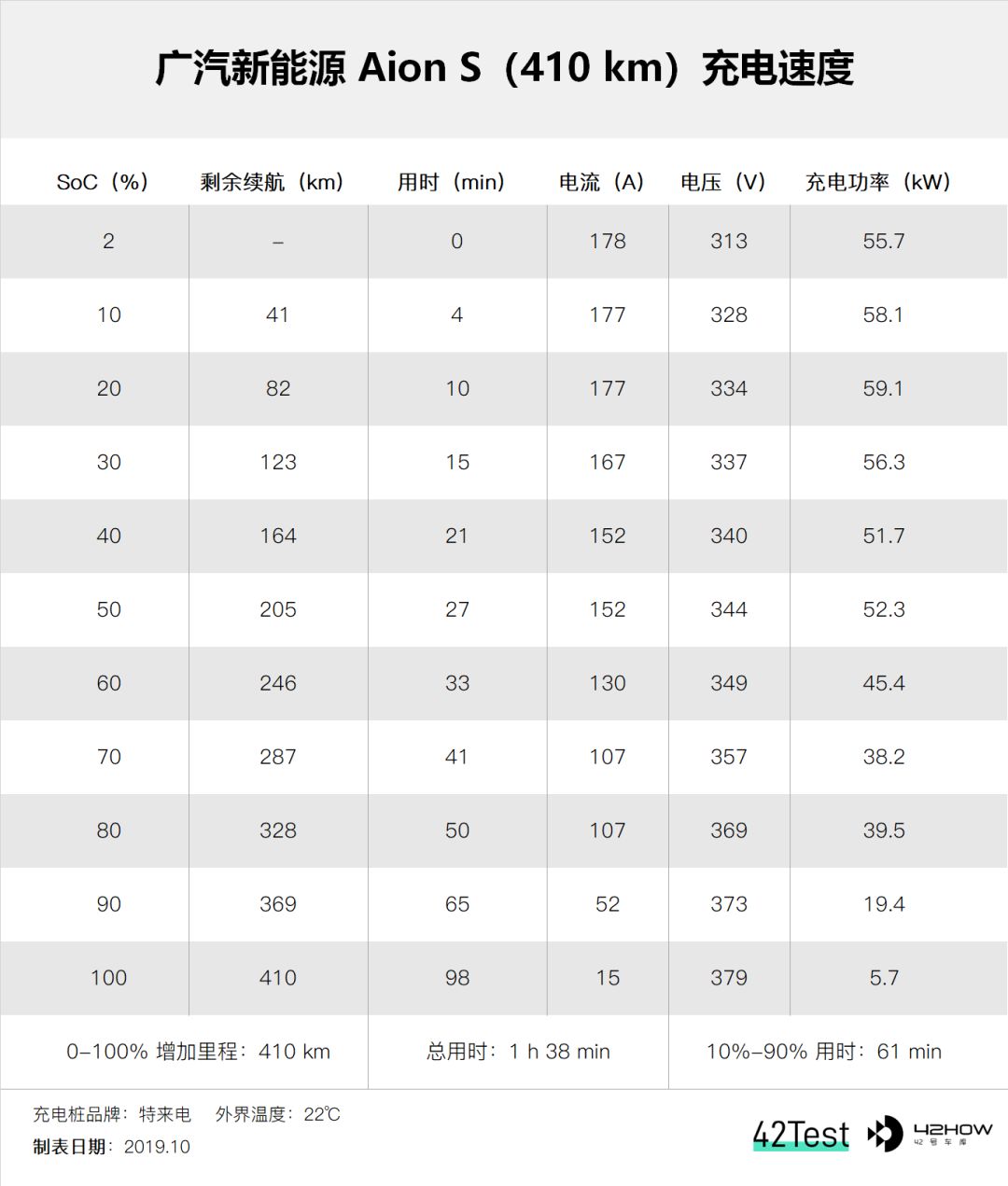
Compared with cars of the same level, there is no significant difference in charging current, but due to the low overall voltage, the charging power is slightly lower.
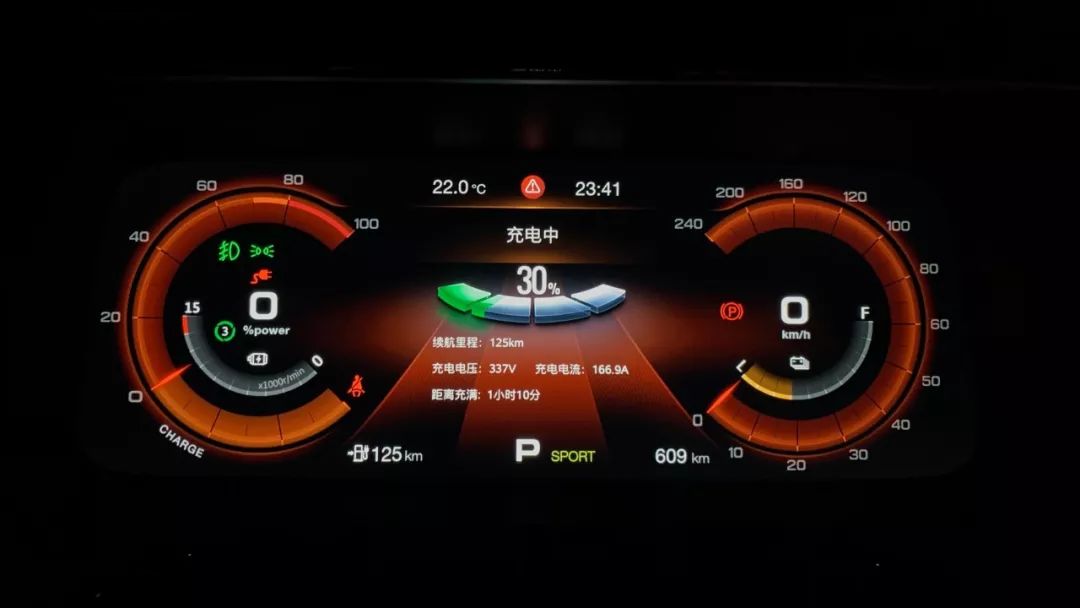
In addition, the fast charging and slow charging of the Aion S are located on the left and right sides of the vehicle, respectively, which is much more convenient to use than placing them at the front of the car.
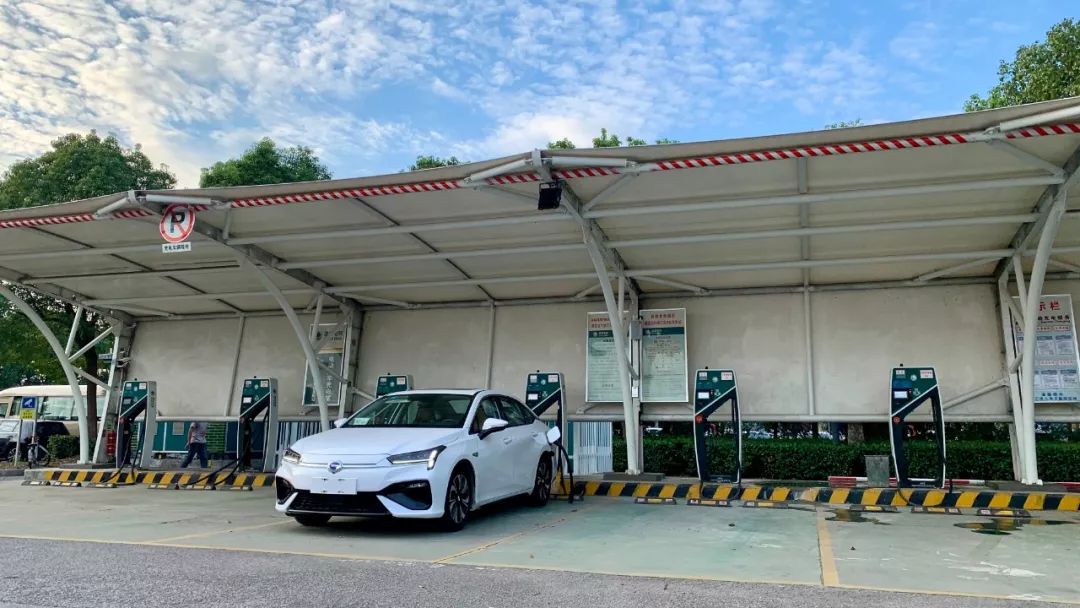
The chassis performance has reached the level of joint venture brands, and there is room for improvement in steering feel.
After verifying the most basic endurance, let’s take a look at the mechanical properties.
- Acceleration
Aion S’s motor has a maximum power of 135 kW and a maximum torque of 300 N·m, which is equivalent to a car using a 2.0T engine. After our testing, the Aion S took 8.09 seconds to accelerate from 0 to 100 km/h, which is at the mainstream level among cars of this level.
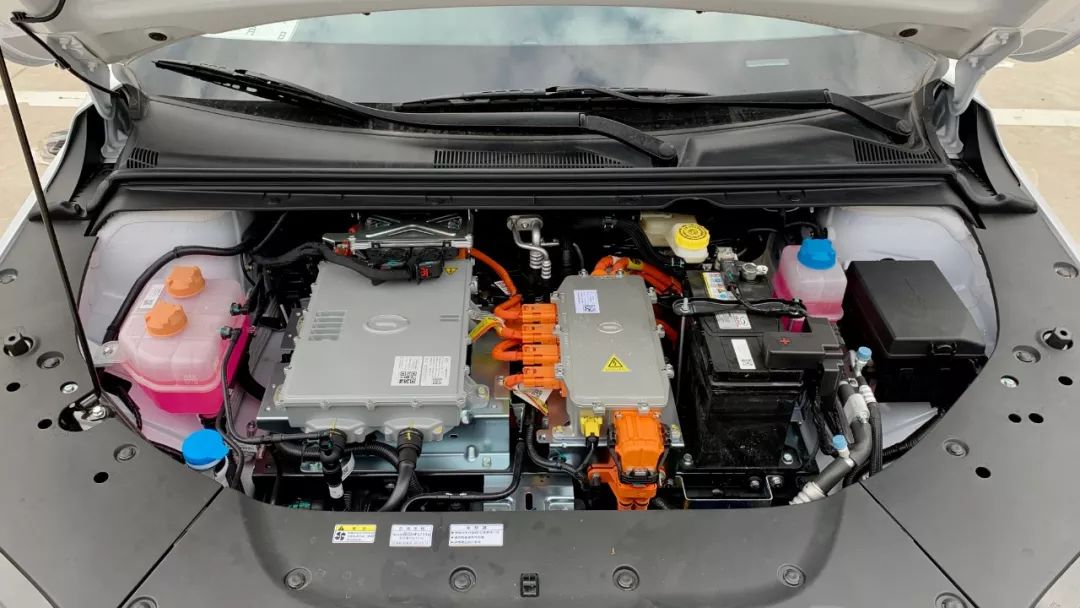
Aion S has three driving modes that can be adjusted, namely ECO, NORMAL, and SPORT, and the three driving modes only differ in the acceleration sensation, and do not involve steering and suspension.
The acceleration in ECO mode is very gentle and fully oriented towards endurance calibration. Compared with NORMAL and SPORT, the pedal response in NORMAL mode is softer in the early stage of acceleration, while in SPORT mode, the early stage of power response is more sensitive, and the later stage has more power.
In short, the orientation of the three modes is very clear. For daily driving, NORMAL mode is sufficient to balance endurance and power.
- Brakes and kinetic energy recovery
After our testing, the braking distance of the Aion S from 100-0 km/h is 41.22 meters, which is not particularly outstanding.
 The brake feel of Aion S is very good, with moderate softness and hardness, and the foot feel and braking force release of stepping on are both sufficiently linear.
The brake feel of Aion S is very good, with moderate softness and hardness, and the foot feel and braking force release of stepping on are both sufficiently linear.
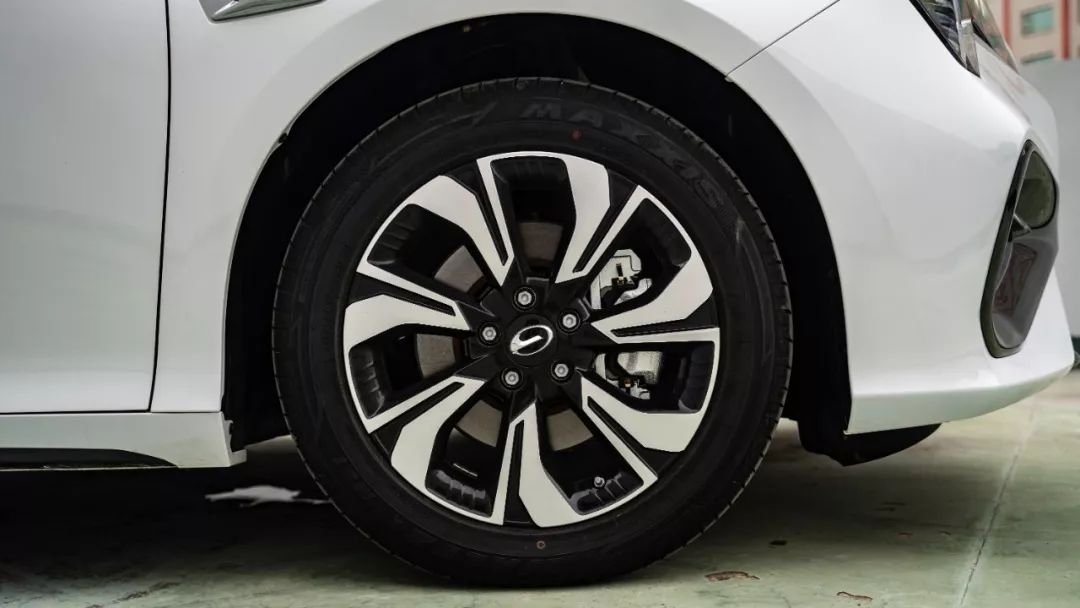
Here, let’s focus on regenerative braking. GAC New Energy did not strongly link the strength of regenerative braking to the driving mode. Under different driving modes, the regenerative braking strength can be set to one’s own preferences.
Aion S has four adjustable gears for regenerative braking, which is equivalent to four recovery strengths. Gear 0 means there is no regenerative braking at all.
However, here is a detail. When in gear 0, the entire brake range is purely mechanical, without the participation of regenerative braking. In gear 3, regenerative braking can achieve a certain degree of one-pedal operation. Moreover, when releasing the accelerator pedal and pressing the brake pedal, the regenerative braking strength will increase a little bit from the original level. In this way, a greater braking force can be achieved through electric braking.
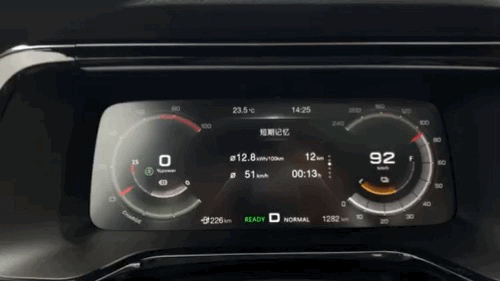
Pressing the brake pedal causes the speed to drop rapidly without the regenerative braking pointer changing.
This calibration is somewhat disadvantageous to friends who are not used to regenerative braking because the driving energy consumption may be slightly higher due to the insufficient utilization of regenerative braking.
We hope that GAC New Energy can optimize the logic in this aspect. When regenerative braking is set to 0, it would be better to prioritize electric braking when pressing the brake pedal. In this way, friends who are used to driving fuel vehicles can maximize the utilization of regenerative braking without changing their driving habits.
Overall, the brake feel of Aion S is good, and the selection of regenerative braking is very rich. Both friends who are used to driving fuel vehicles and those who are used to driving one-pedal electric vehicles can find a suitable gear for regenerative braking.
- I-PEDAL mode
After talking about acceleration and braking, let’s talk about I-PEDAL mode separately. This can be directly understood as one-pedal mode. In this mode, when releasing the accelerator pedal, the regenerative braking force is greater than when set at gear 3. This is very user-friendly for those who are used to driving one-pedal electric vehicles.
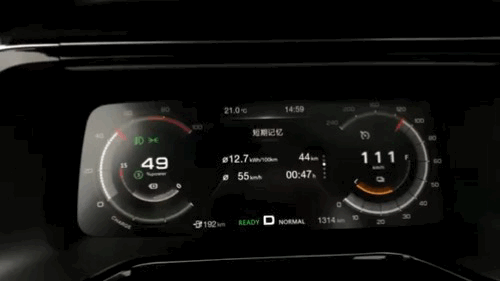
Regenerative braking gear 3 strength display.
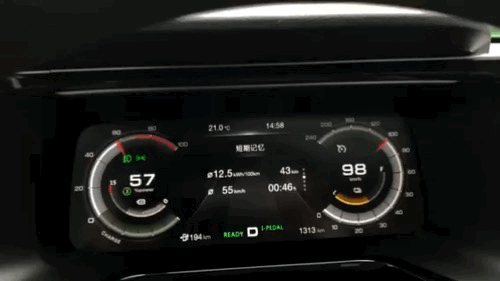
However, in I-PEDAL mode, the power output will automatically switch to ECO mode. That means if you choose to use single-pedal operation, you must accept the power output of ECO mode. This logic shows that the I-PEDAL mode is a fully range-oriented mode. But in fact, many users prefer the experience of single-pedal operation and don’t want to sacrifice too much power performance.
We hope GAC New Energy can modify the opening logic and allow users to choose power output in single-pedal mode.
Finally, one more point to note, Aion S has a physical button area below the left air outlet, and gives I-PEDAL mode a seat, but ESP OFF is next to it. In the process of blind operation, misoperation may occur.
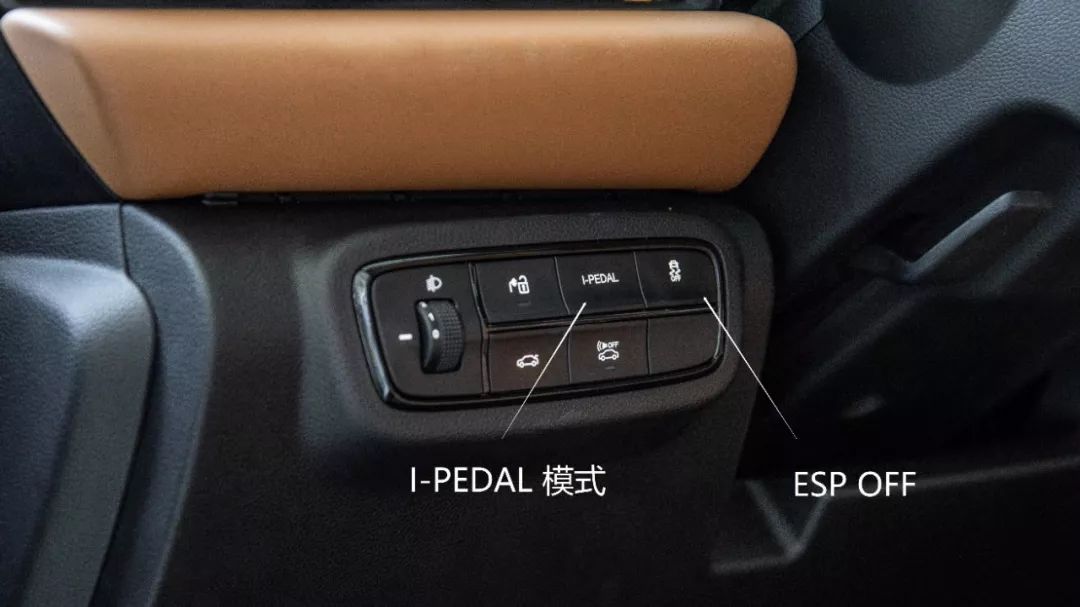
- Steering
The steering feel is not very good in Aion S. The steering force is not linear enough with the increase of speed. It can be clearly felt that there is a significant change in steering force at the speed of 5 km/h and 20 km/h.
In other words, when the speed is changed back and forth from 0-30-0 km/h, the steering wheel can be clearly felt to be light and heavy, and the feel is not particularly good. This problem does not exist when the speed is up.
- Chassis
The texture of the Aion S chassis is very good. It uses front McPherson independent suspension and rear torsion beam non-independent suspension.
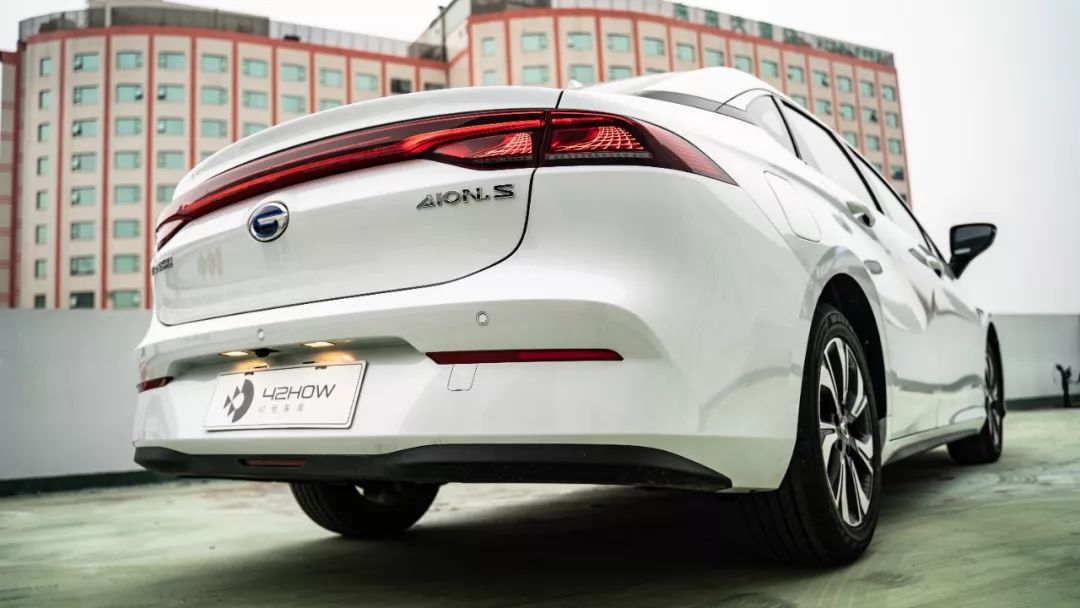
The small bumps are filtered very thoroughly, and the big bumps are handled very flexibly and crisply, without any extra vibration being transmitted to the car. This was felt very thoroughly during my continuous 8-hour, 170 km urban range testing journey.
Overall, Aion S is a very easy-to-drive and comfortable-oriented electric car with good mechanical quality as a whole.## The instrument display is carefully designed, and there is still room for improvement in the multimedia system
Before seeing the actual car, I once criticized the two 12.3-inch screens in the car for not being on the same level because the instrument screen was concave. However, after seeing the actual car, my opinion changed. The two screens have a very high resolution and do not cause strong discomfort.
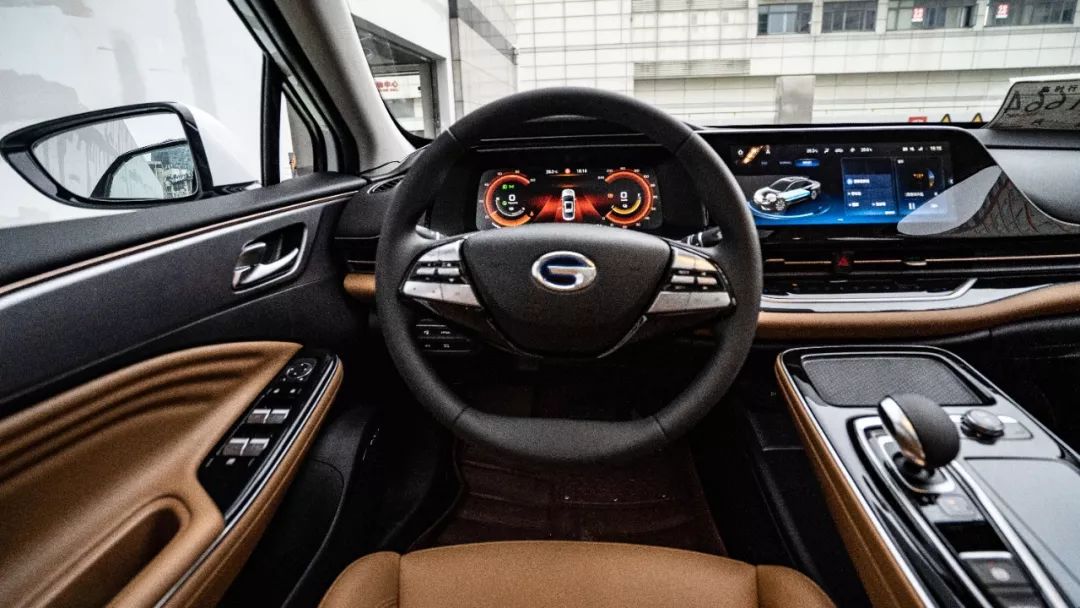
- Instrument Screen
The instrument screen adopts a concave design and has a frosted surface. During the four-day test, there was no reflection.
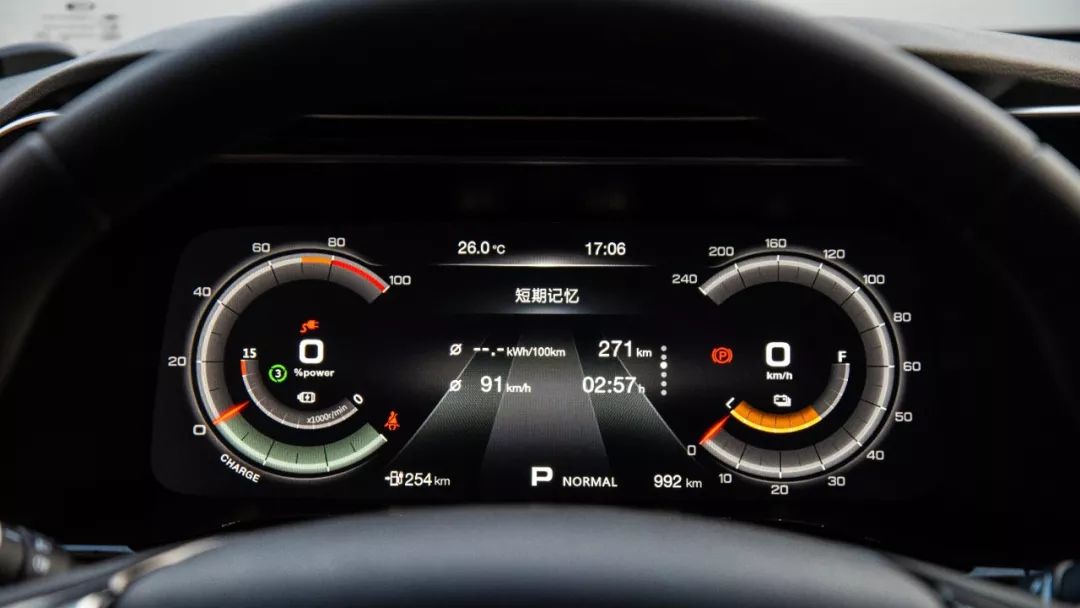
Three points impressed me about the displayed content:
First, the UI design is beautiful and the details are very considerate.
Second, the displayed information is very rich, and it does not seem messy to read. Each piece of content is in the appropriate position.
Third, there are various display styles. The main classifications are classic and technological styles, and the readability is better under the classic mode.
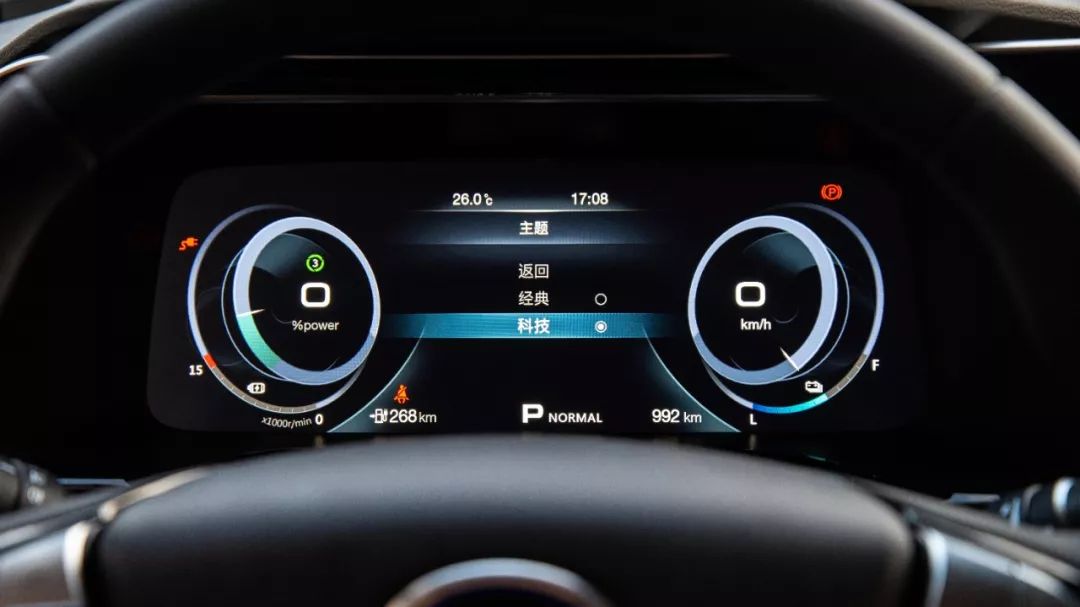
Under these two styles, different driving modes will have different theme colors, and there is also a display mode with navigation as the main theme.
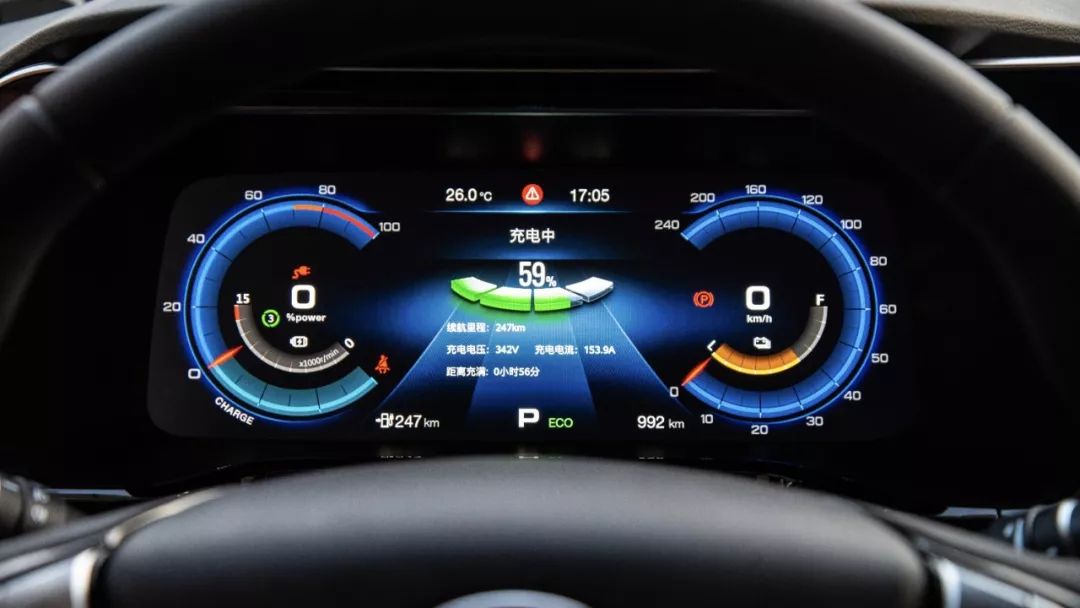
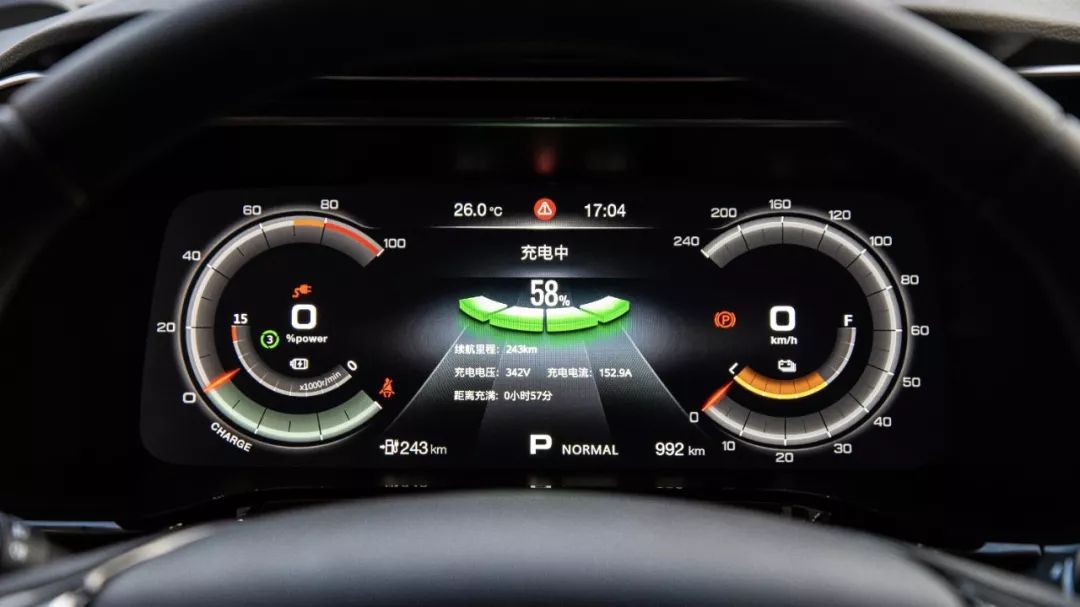
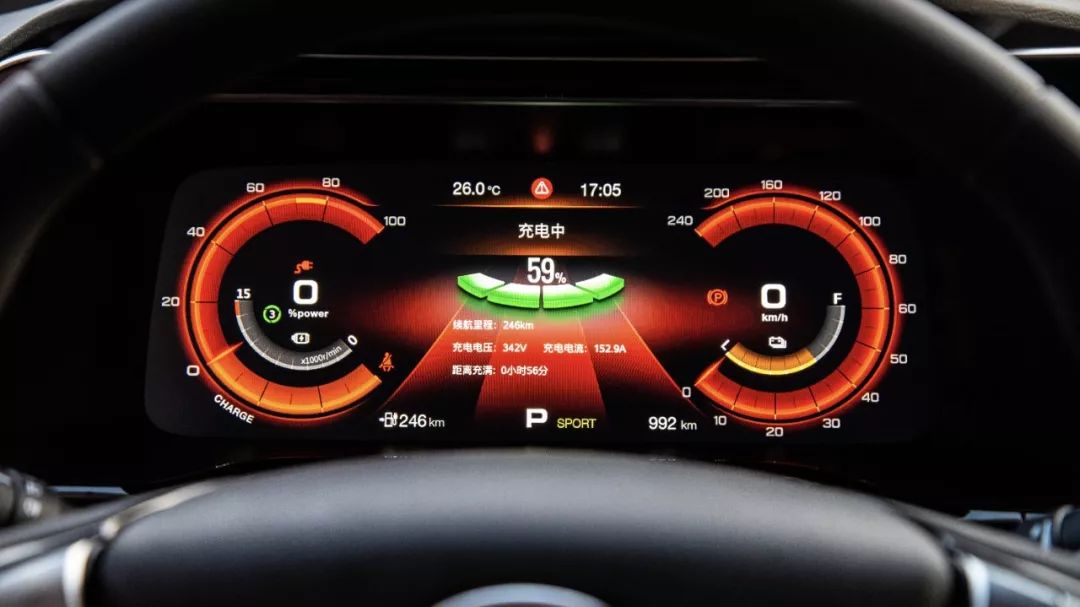
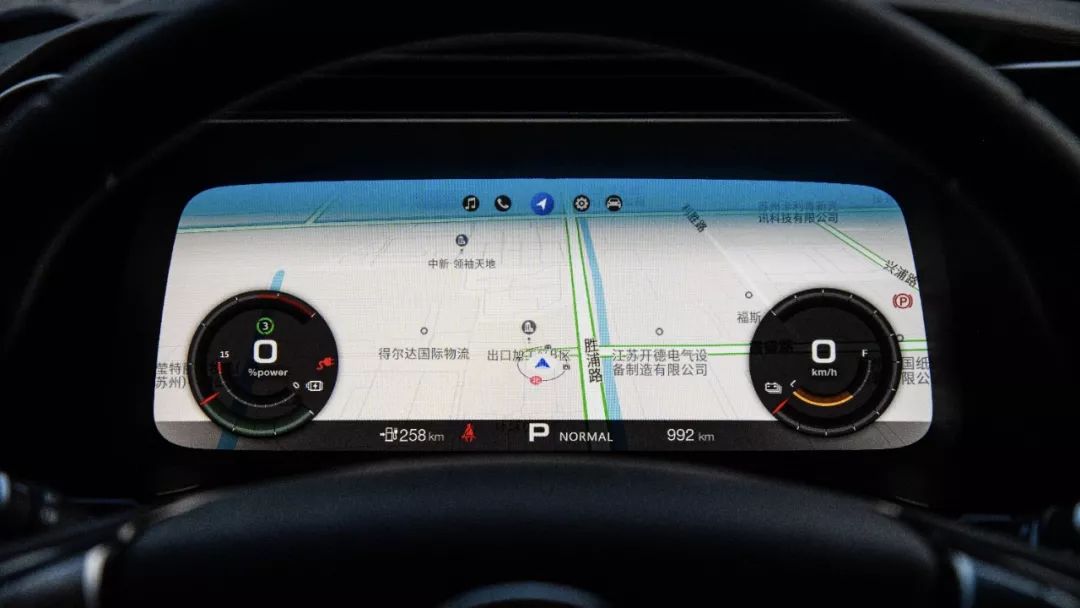 Aion S’s instrument panel is well-designed from the details and content display, and has a variety of styles.
Aion S’s instrument panel is well-designed from the details and content display, and has a variety of styles.
- Infotainment screen
The infotainment screen is closer to the driver and easier to use by touch compared to the instrument panel screen.
Three advantages:
First, the clarity is very high, and the reflection is not serious, which makes it smooth to use.
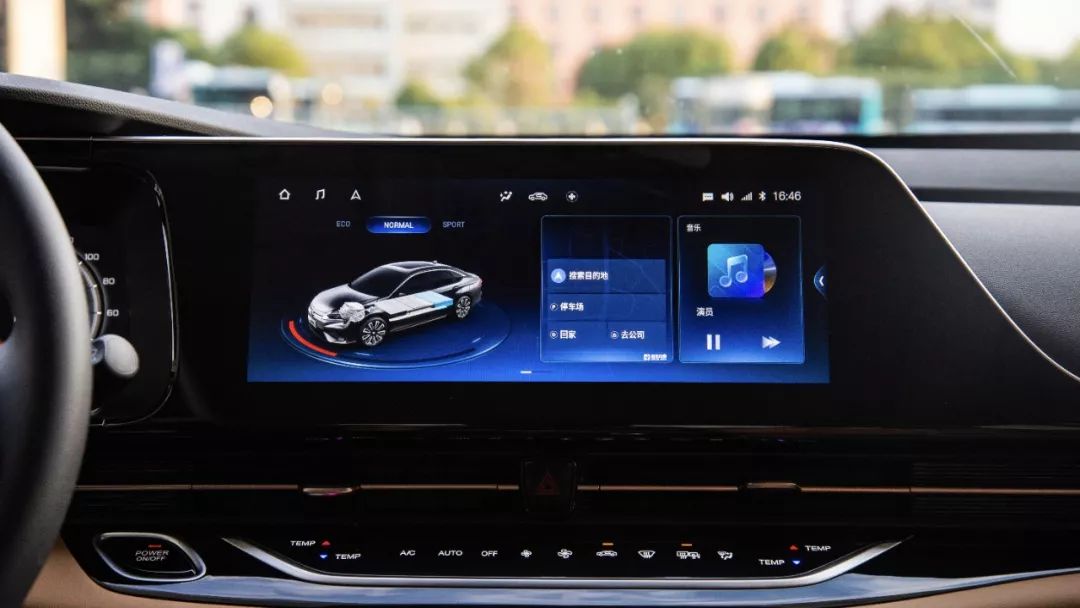
Second, the basic and commonly used functions, such as car version Gaode Map, QQ Music, and Penguin FM can meet the navigation and music needs of most users. In addition, other features provided by the system, such as Kuwo Music and Companion Listening, can be downloaded from the app store.
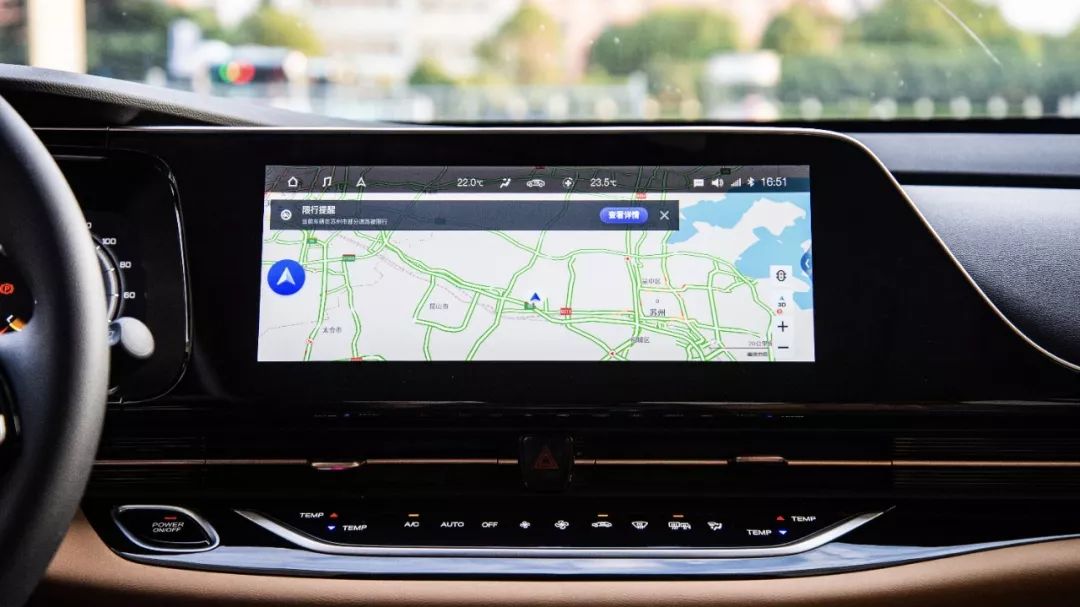
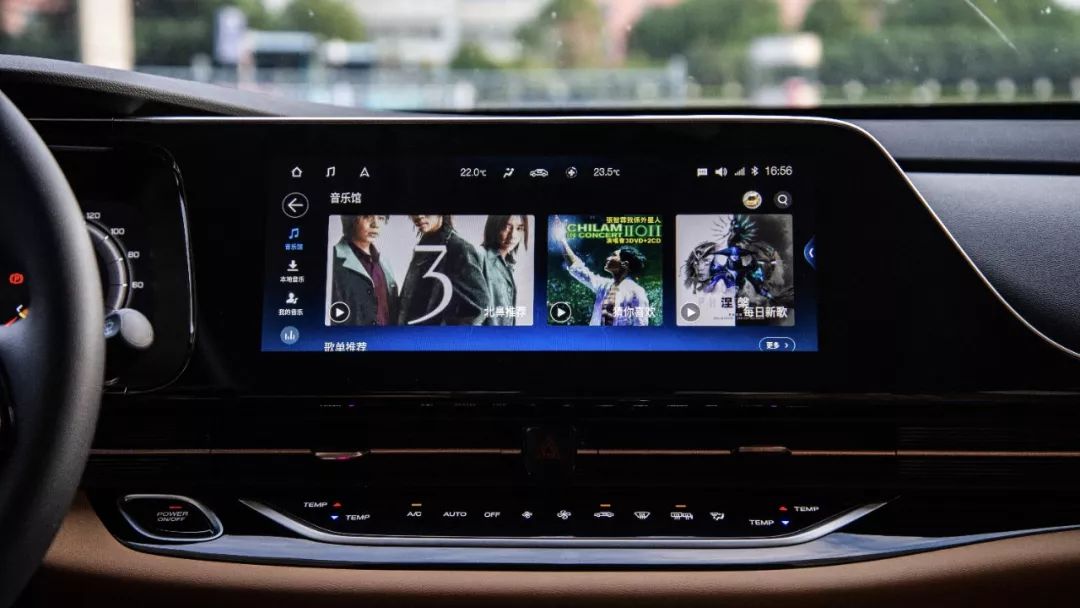
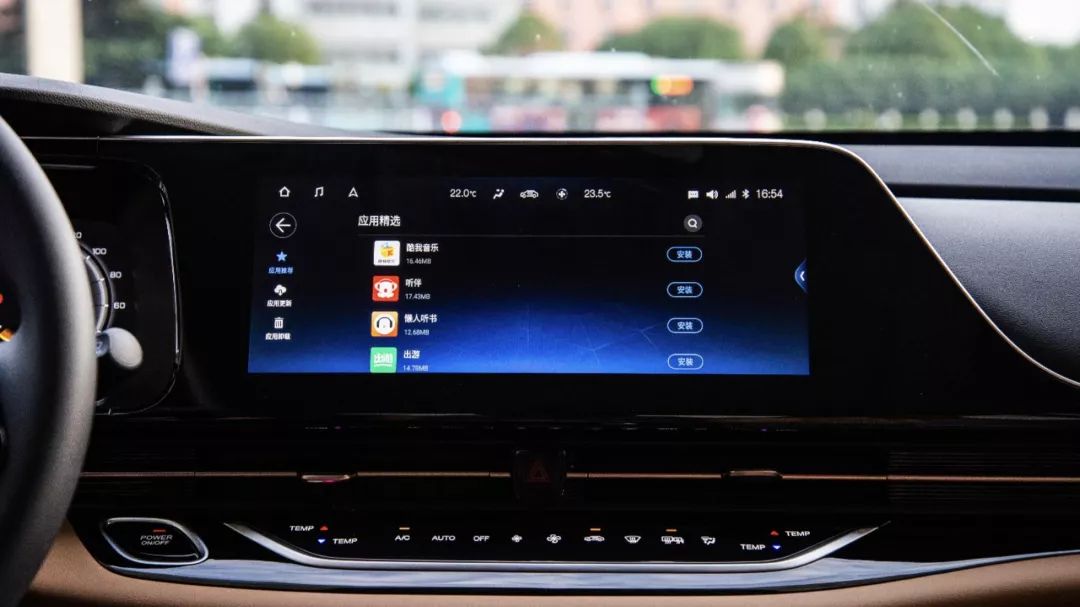
Third, there are three quick buttons, including return to the main interface, music, and navigation, in the upper left corner of the screen. They are frequently used buttons, and it’s very easy to switch between these options while driving.
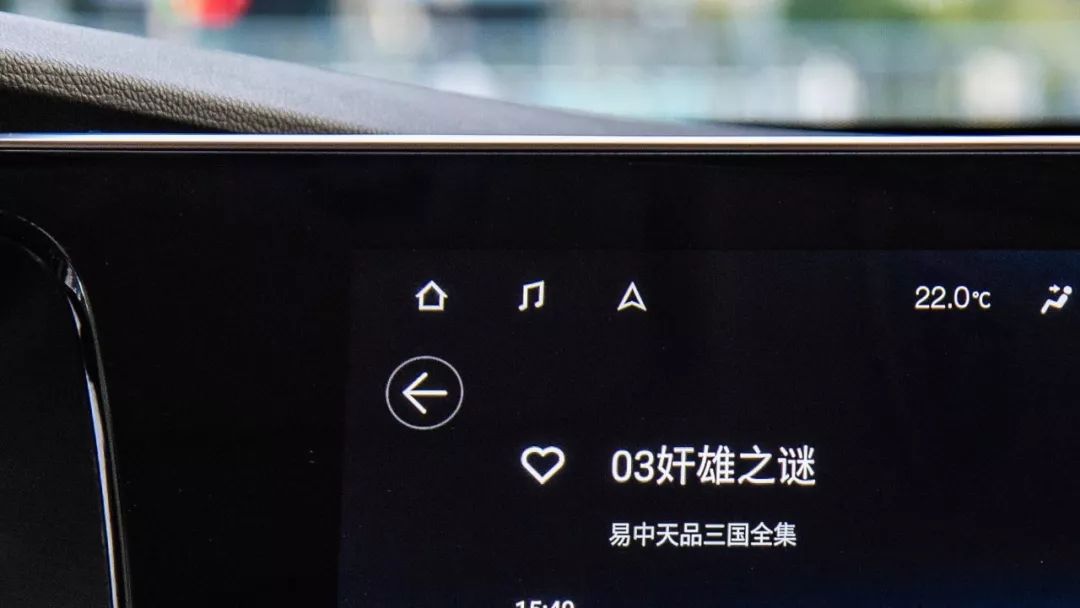
Three disadvantages:
First, switching audio sources is not convenient enough. It’s not possible to directly select FM radio or Bluetooth audio from the infotainment screen. Instead, you need to switch them one by one through the MODE button on the steering wheel or the central control console.
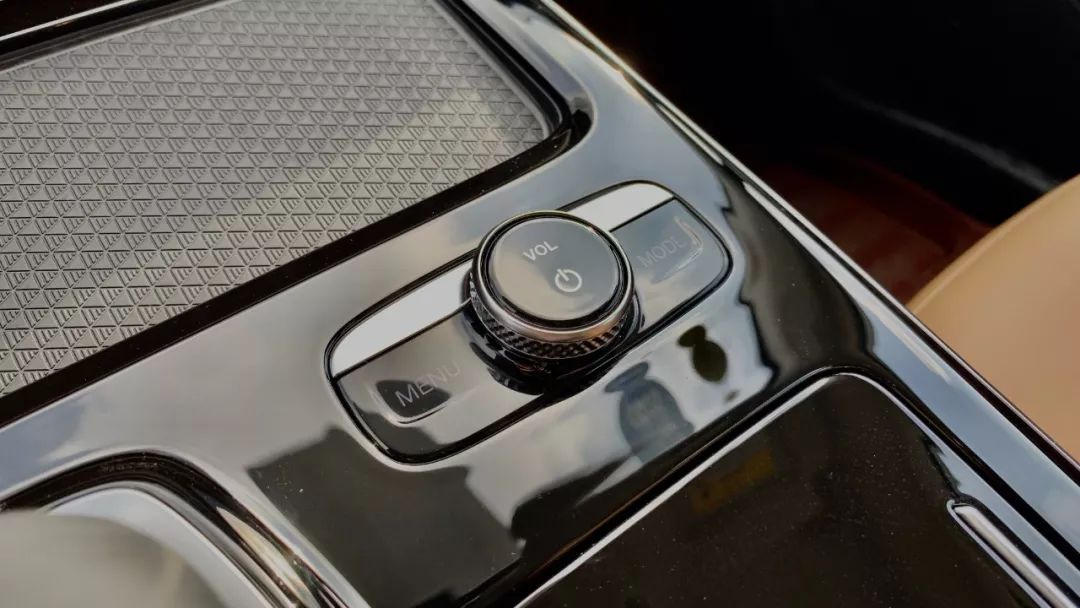
Second, the navigation does not combine with the remaining battery power information of the vehicle. After setting a destination that exceeds the range of the remaining power, the navigation does not automatically recommend charging stations along the way.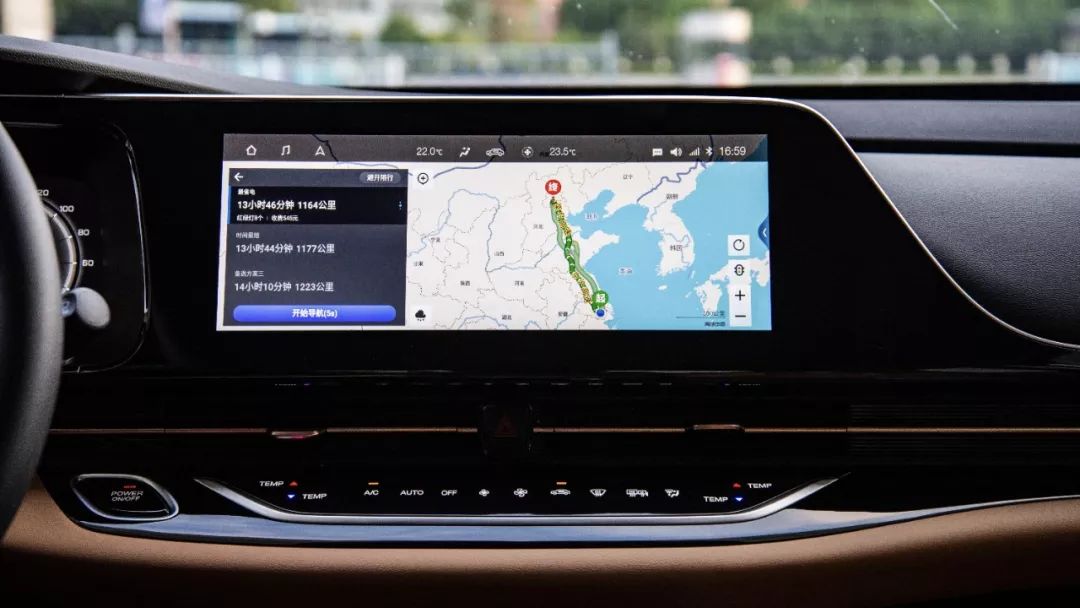
Thirdly, the modules on the three main menus cannot be manually adjusted. Different users have different usage requirements for different APPs. If they can be manually adjusted, each car owner can put the most commonly used ones on the first or second page, making it more convenient to use.
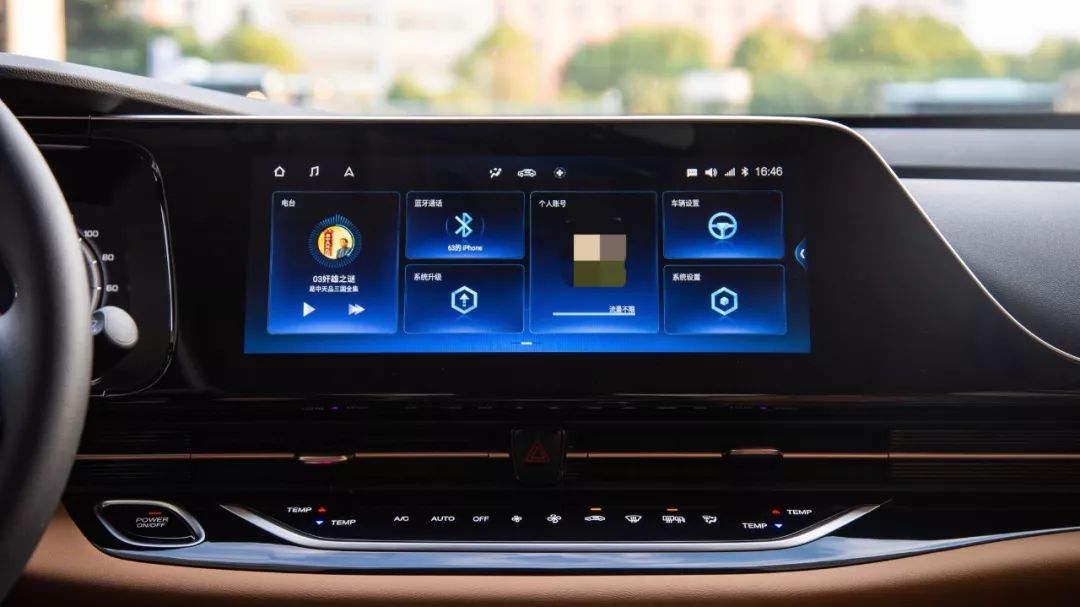
- Voice Control
The voice control has reached the mainstream level, which can meet the basic functional settings. It can also control the hardware such as windows and skylights.
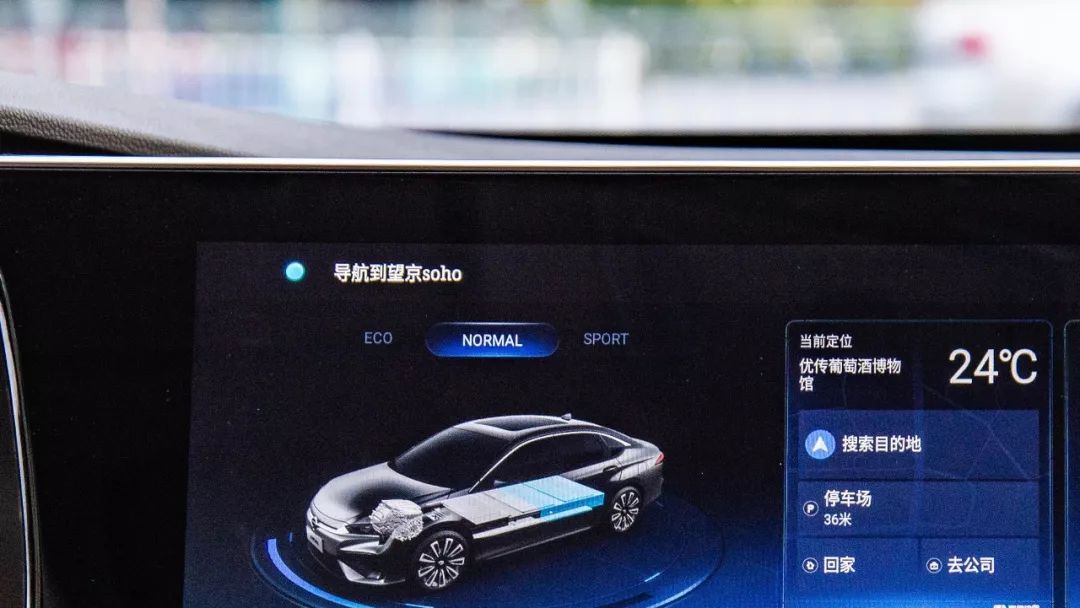
- Air Conditioning Control
Although Aion S has cancelled most of the physical buttons, as the most commonly used function, Aion S has retained the fixed touch buttons. Except for the lack of some feedback during the pressing process, the user experience is not much different from that of physical buttons. The first feeling is that the quality is very good, but there are some situations where it is not easy to read under strong light or reflection.
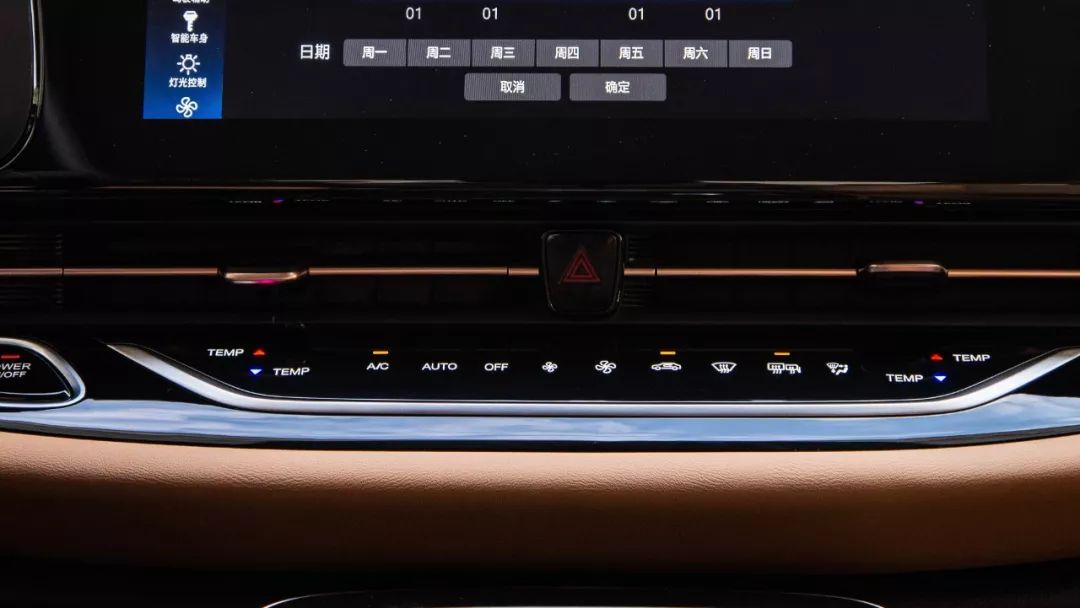
- Assisted Driving
The test drive vehicle did not come with the assisted driving system as standard, unfortunately we did not experience it. We will try our best to make up for the endurance test of the 510 km version and the actual test of the Aion S assisted driving system, so stay tuned.
Stylish appearance, luxurious interior
- Exterior Design
In terms of appearance, Aion S is the first model to adopt the new “Arrow of Chasing Clouds” design language, and the overall body design is very coordinated. At the same time, you can also see some delicate ideas of GAC New Energy in the lamp set.
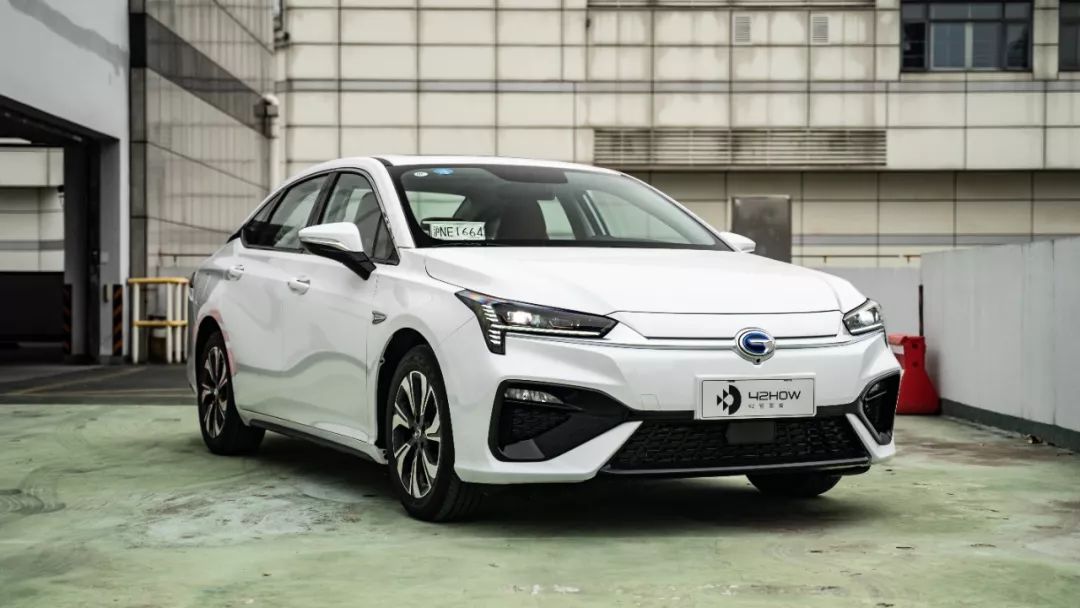
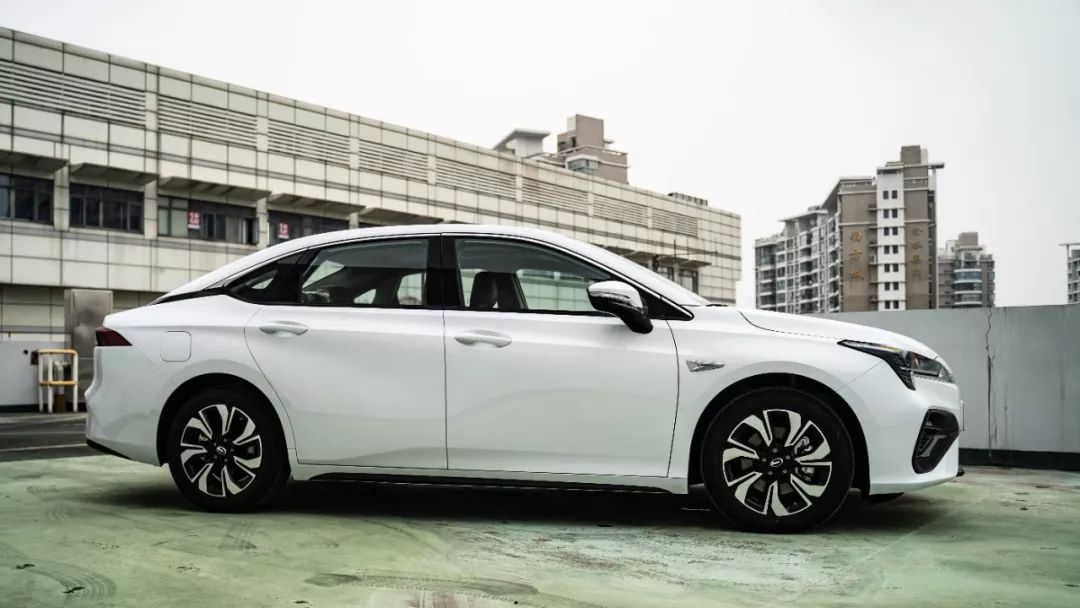
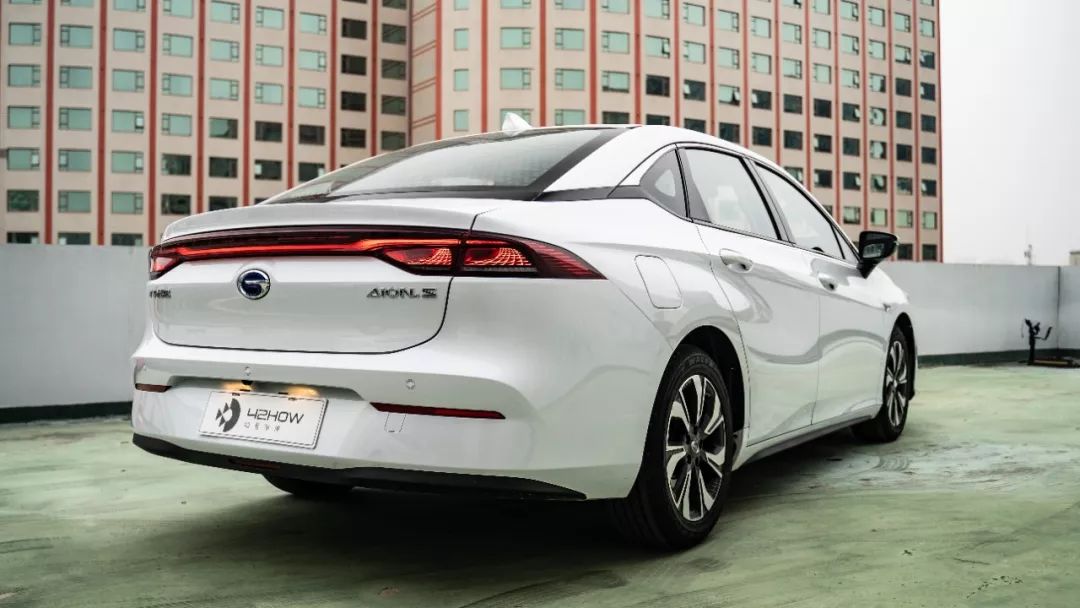
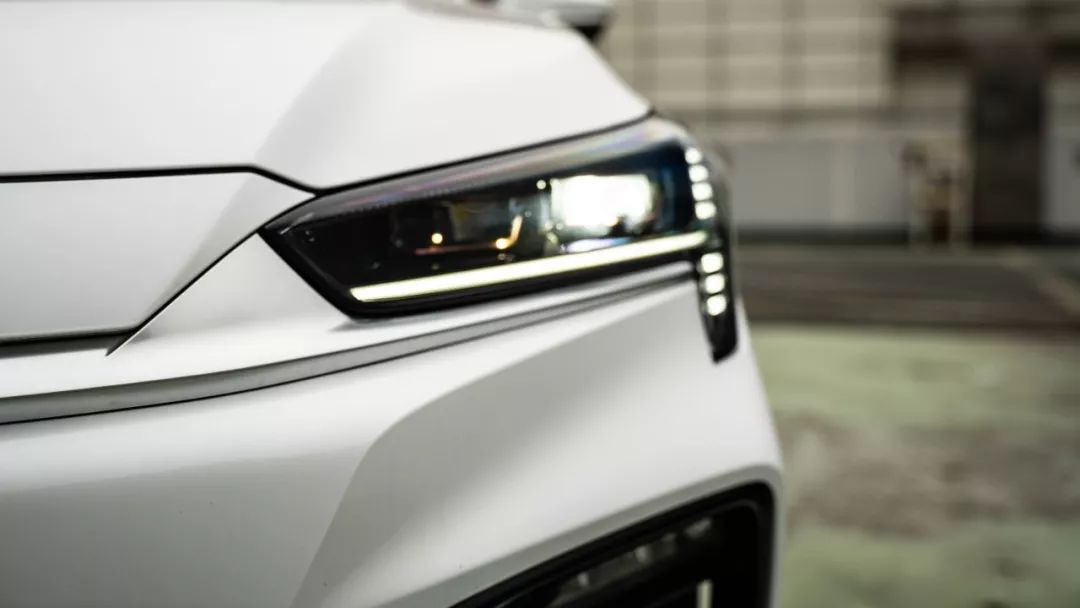
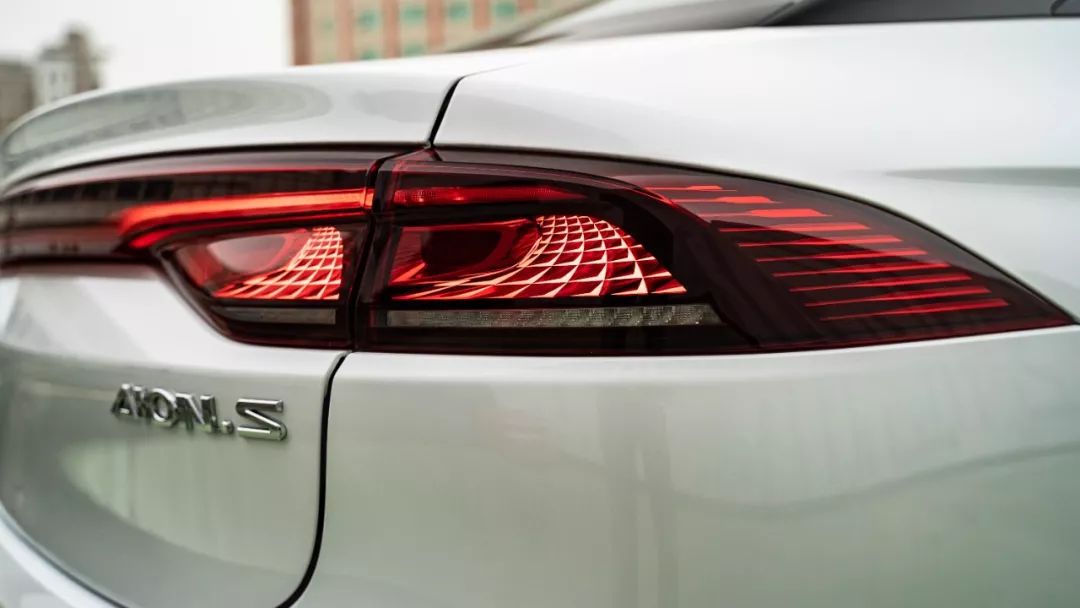
- Interior Design
Aion S takes the luxury route in terms of interior design. From the perspective of design, materials, and workmanship, Aion S’s interior lives up to the luxury that it promises. At the same time, the interior also has many places that embody GAC New Energy’s delicate thoughts.
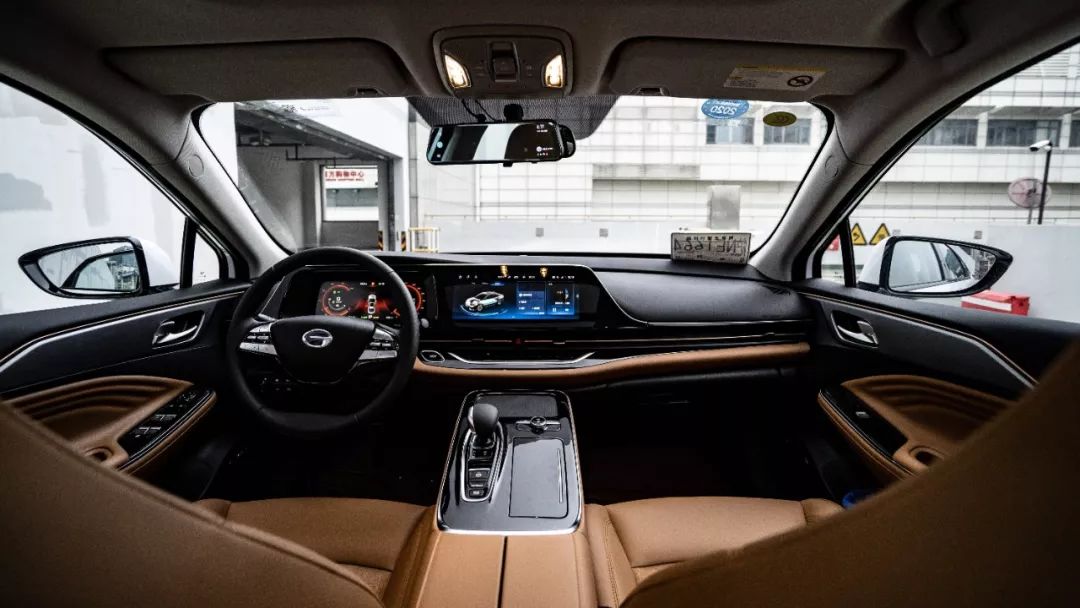
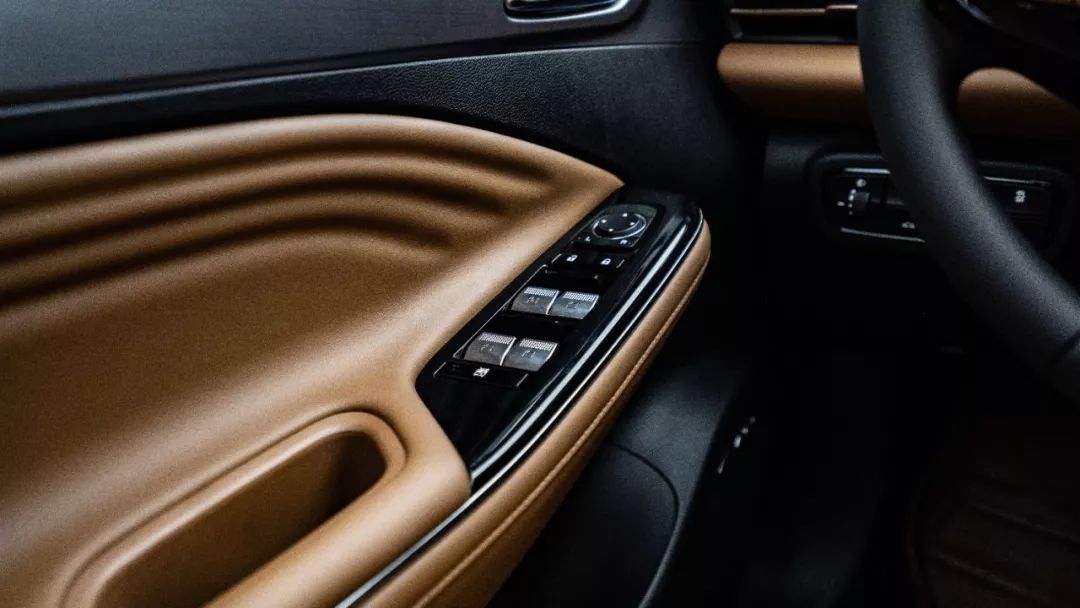
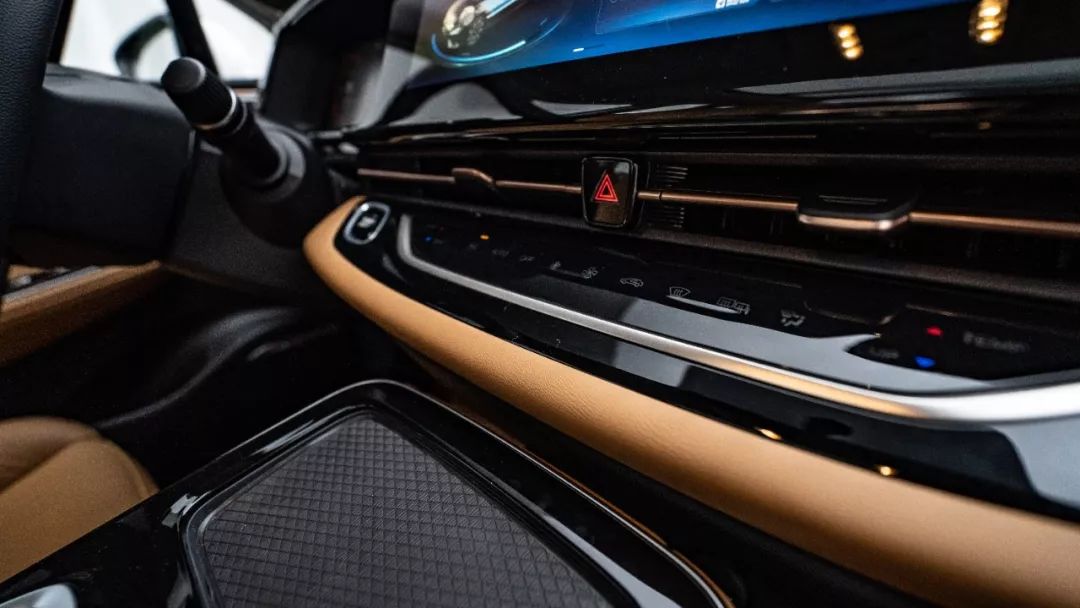
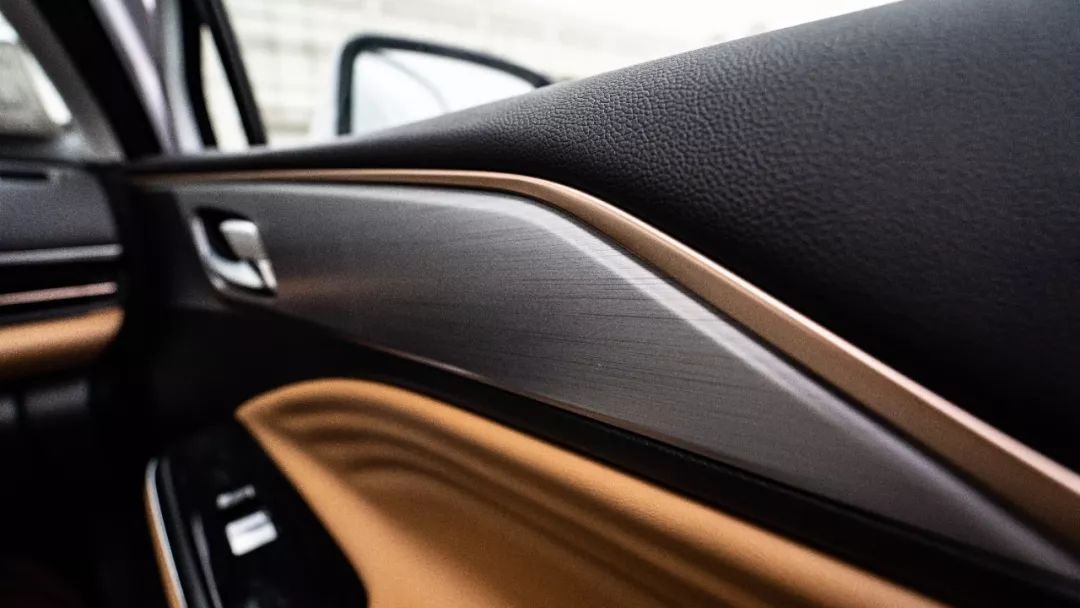
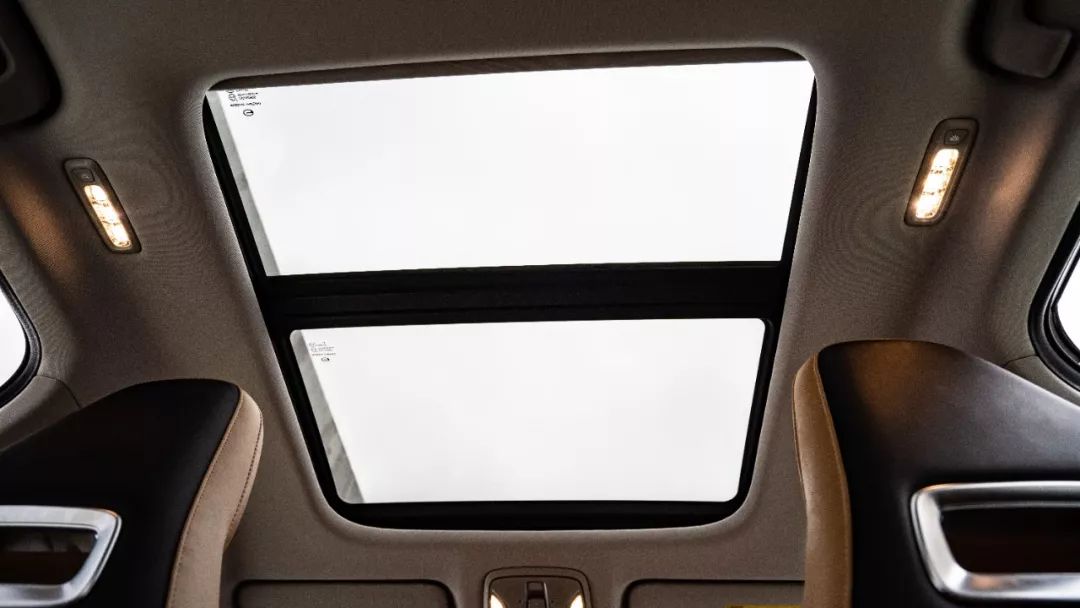
- Riding Experience and Space
In terms of the riding experience, the seats of both the front and rear seats of Aion S are quite soft, the front seats have a very strong wrapping effect, and the rear seats have a similar sitting posture to traditional fuel vehicles. The legroom is not elevated due to the installation of batteries on the chassis. Overall, the comfort of the front and rear seats is good.
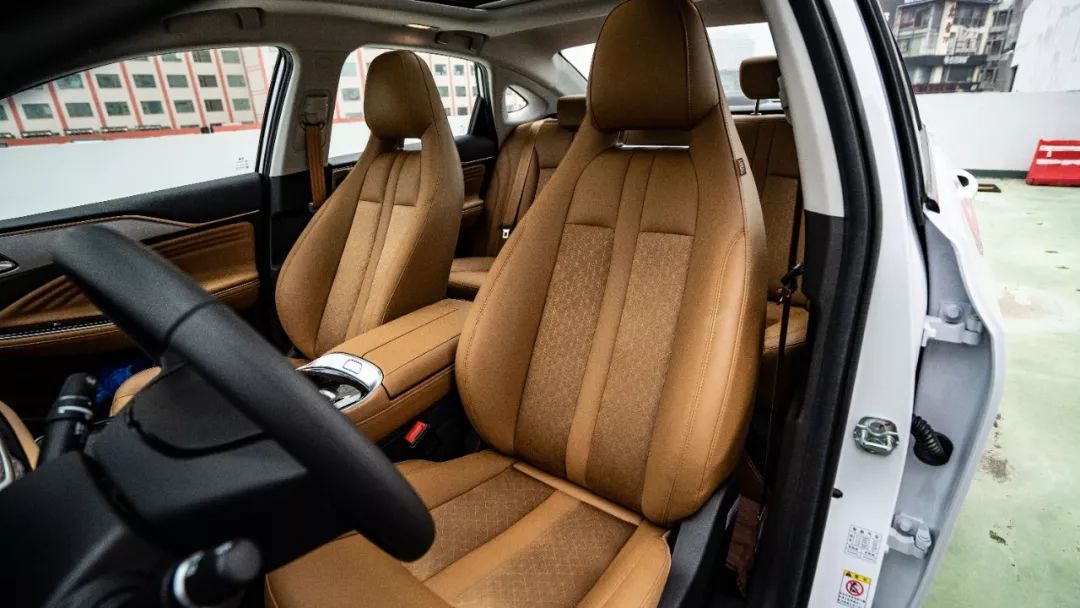
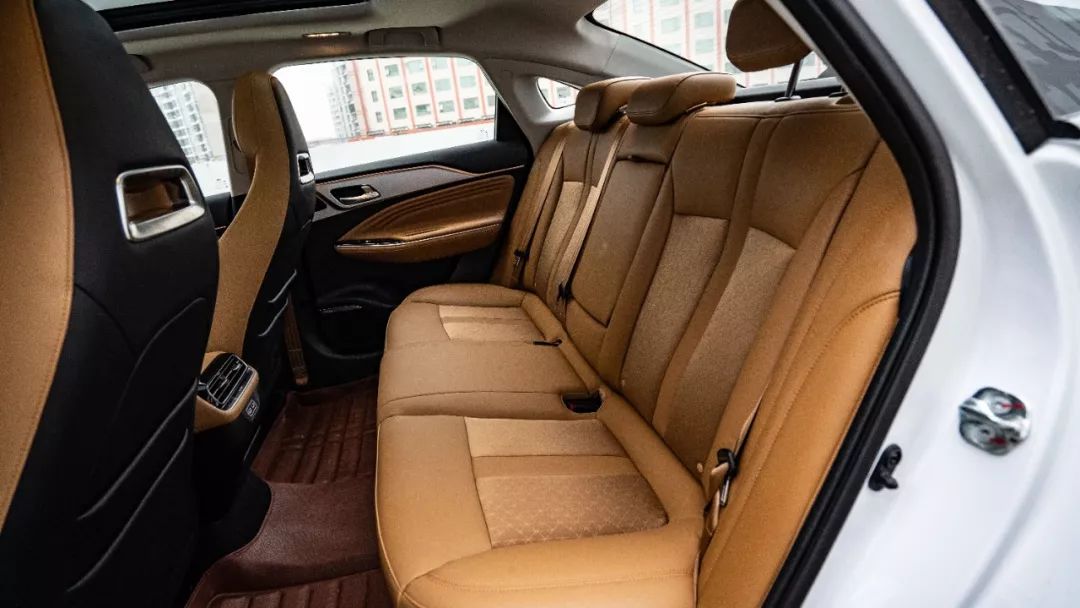
In general, Aion S is a good, comfortable, and well-rounded pure electric vehicle with a solid urban driving range. Through this car, I also see GAC New Energy’s dedication in manufacturing cars.
As for the three models – Geely Geometry A, GAC New Energy Aion S, and BYD Qin Pro EV – that many friends are struggling to choose from, we have not tested the BYD Qin Pro EV yet, so we won’t comment on it. As for Geely Geometry A and GAC New Energy Aion S, both models are competitive in terms of product quality, and there are 500 km-range versions for both models. Geely Geometry A emphasizes technology, while Aion S emphasizes luxury. Choose the model that matches your desired style.


- Geely Geometry A: The First Examination in the Eastern Hemisphere | 42Test* The Endurance War of NIO Targeting Luxury Cars, Aion LX Aims to Be the Market Leader

This article is a translation by ChatGPT of a Chinese report from 42HOW. If you have any questions about it, please email bd@42how.com.
